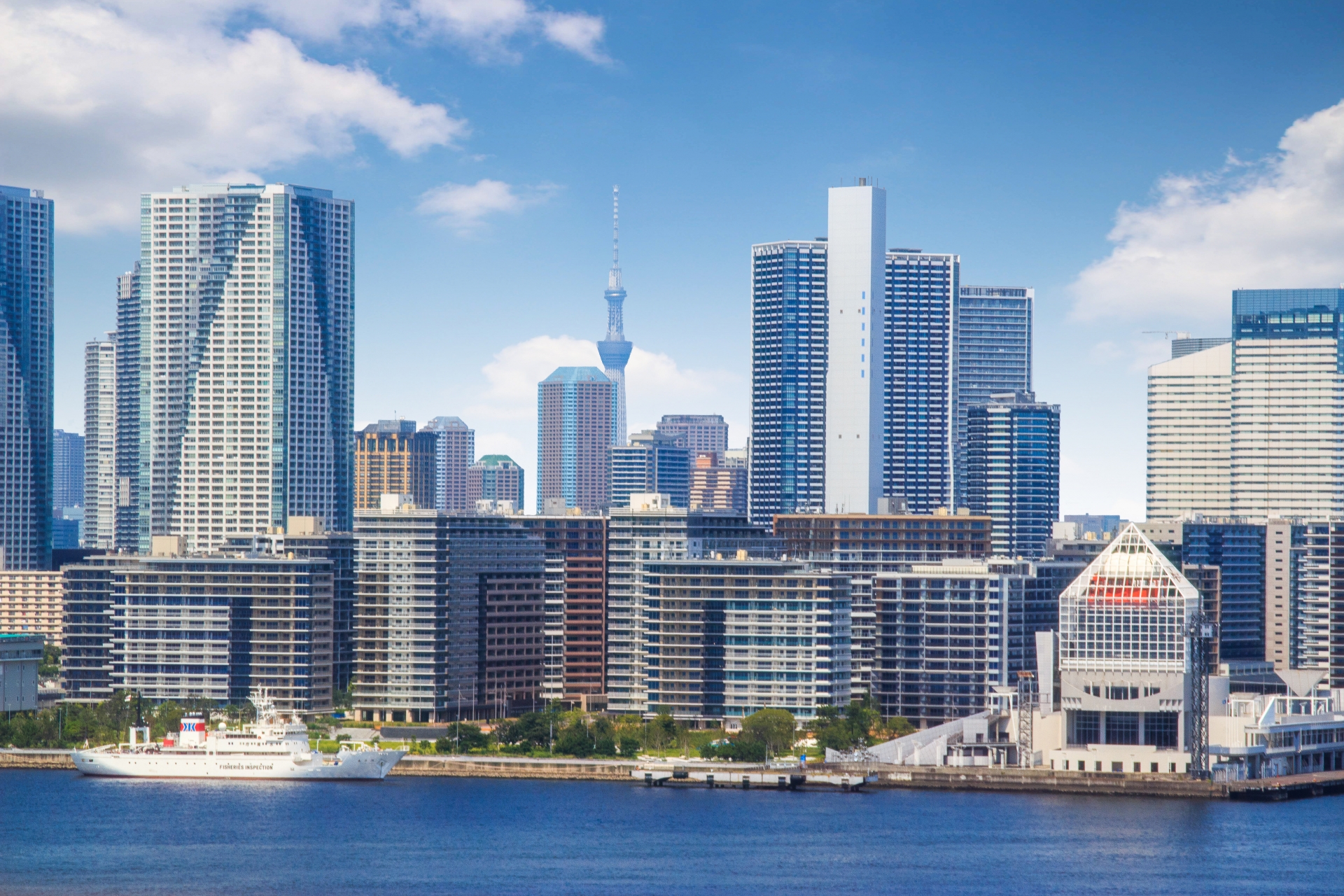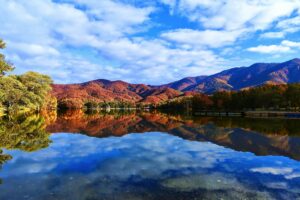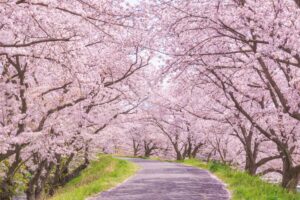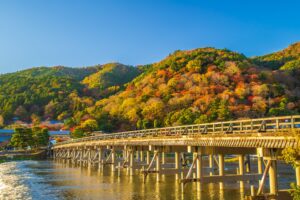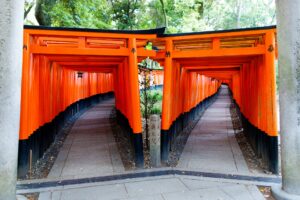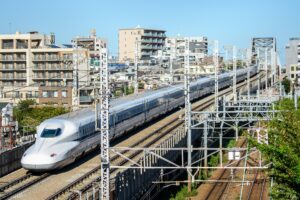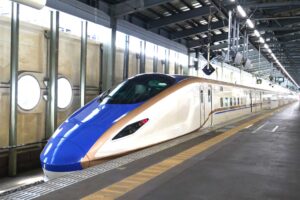Japan is home to some of the world’s most dynamic cities, each offering its own unique blend of modernity and tradition. Whether you’re fascinated by Tokyo’s towering skyscrapers or captivated by Kyoto’s serene temples, Japan’s cities hold endless opportunities for exploration. This guide will introduce you to 10 must-visit cities that will inspire your next journey.
Tokyo – The Heart of Japan
Tokyo, Japan’s capital, is the heartbeat of the country. A sprawling metropolis where ancient temples coexist with ultramodern skyscrapers, Tokyo serves as Japan’s economic, cultural, and political hub. It’s a city that offers a never-ending range of experiences, from the iconic Shibuya Crossing to serene gardens and hidden traditional spots, making it an essential stop for every traveler.
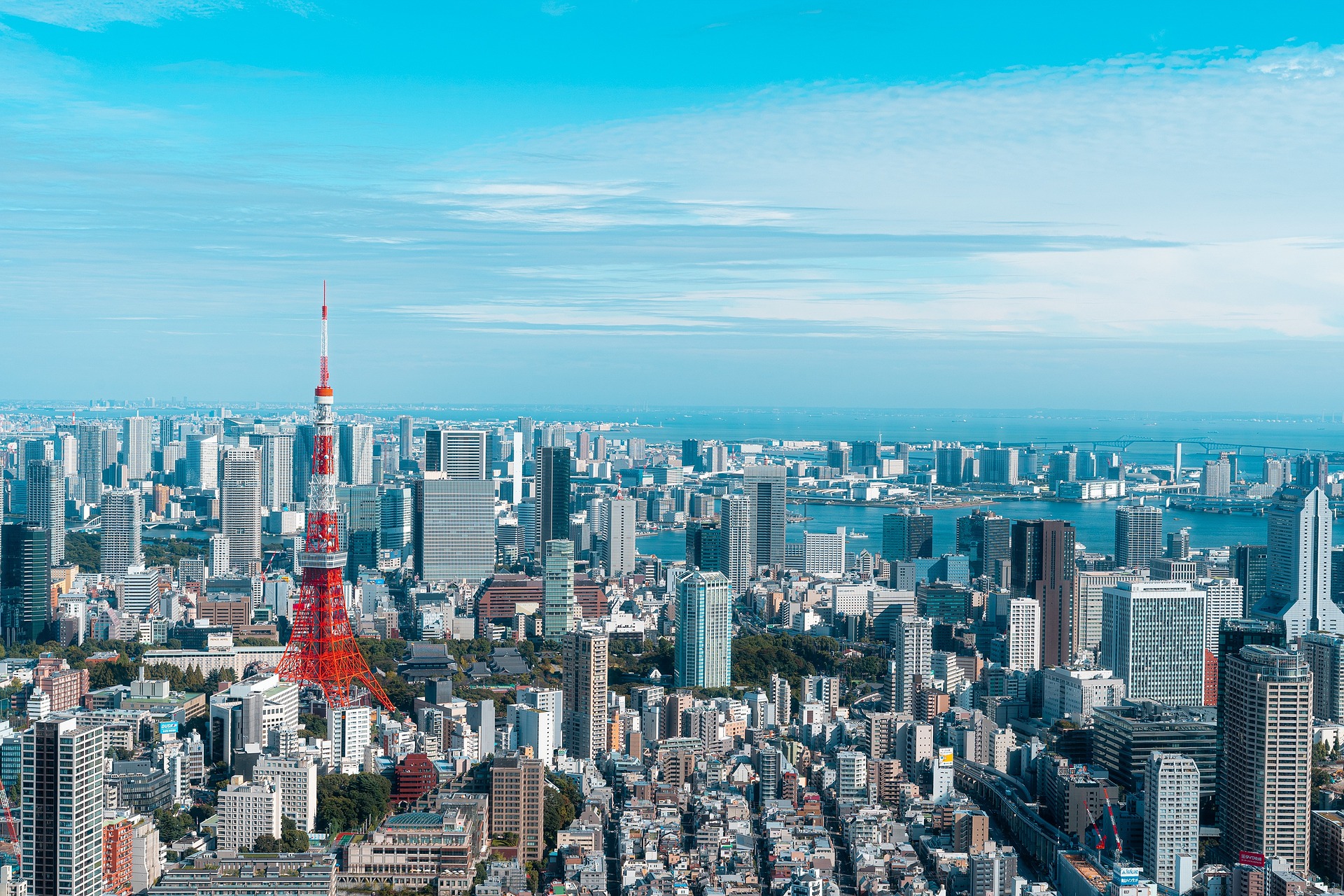
Things to Do in Tokyo
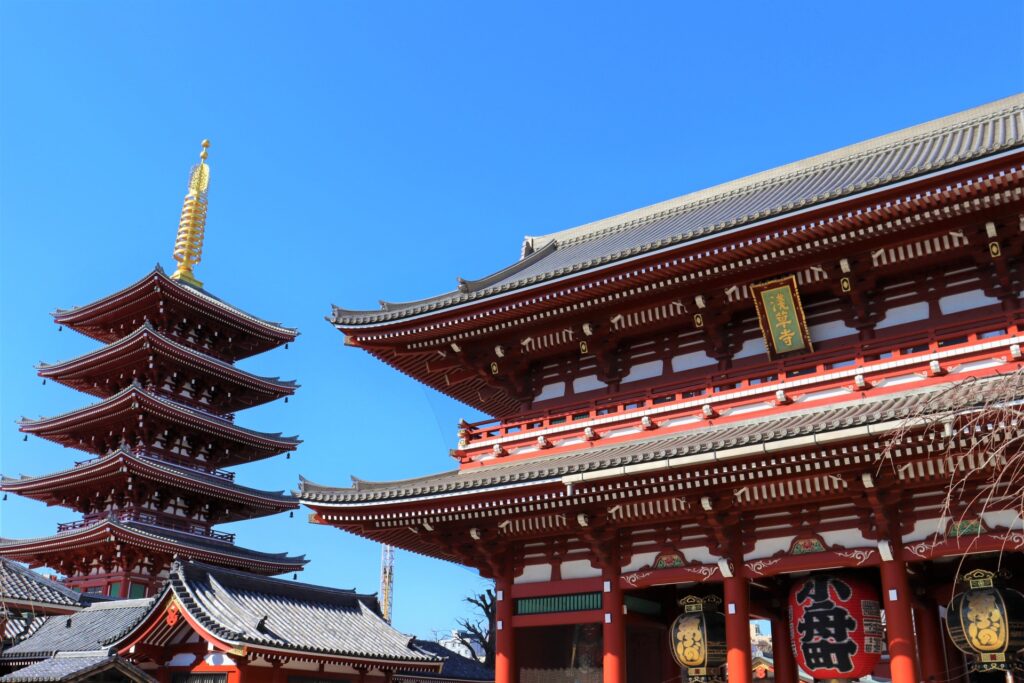
When visiting Tokyo, you can’t miss major attractions such as the towering Tokyo Skytree, the historic Asakusa district, home to the Senso-ji Temple, or the dazzling lights of Shinjuku. For shopaholics, Shibuya and Harajuku provide endless options, while history buffs can explore the Edo-Tokyo Museum and Meiji Shrine.
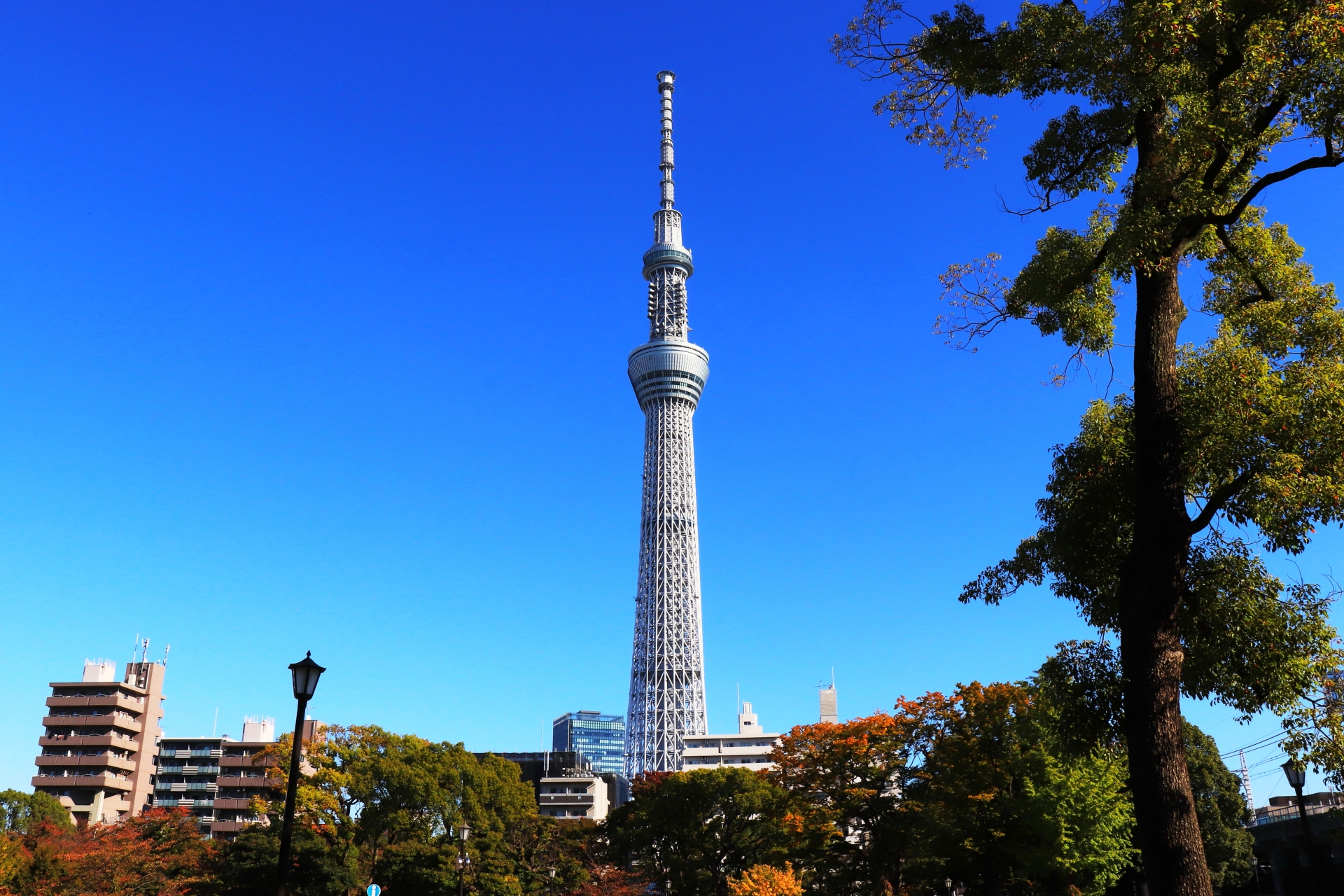

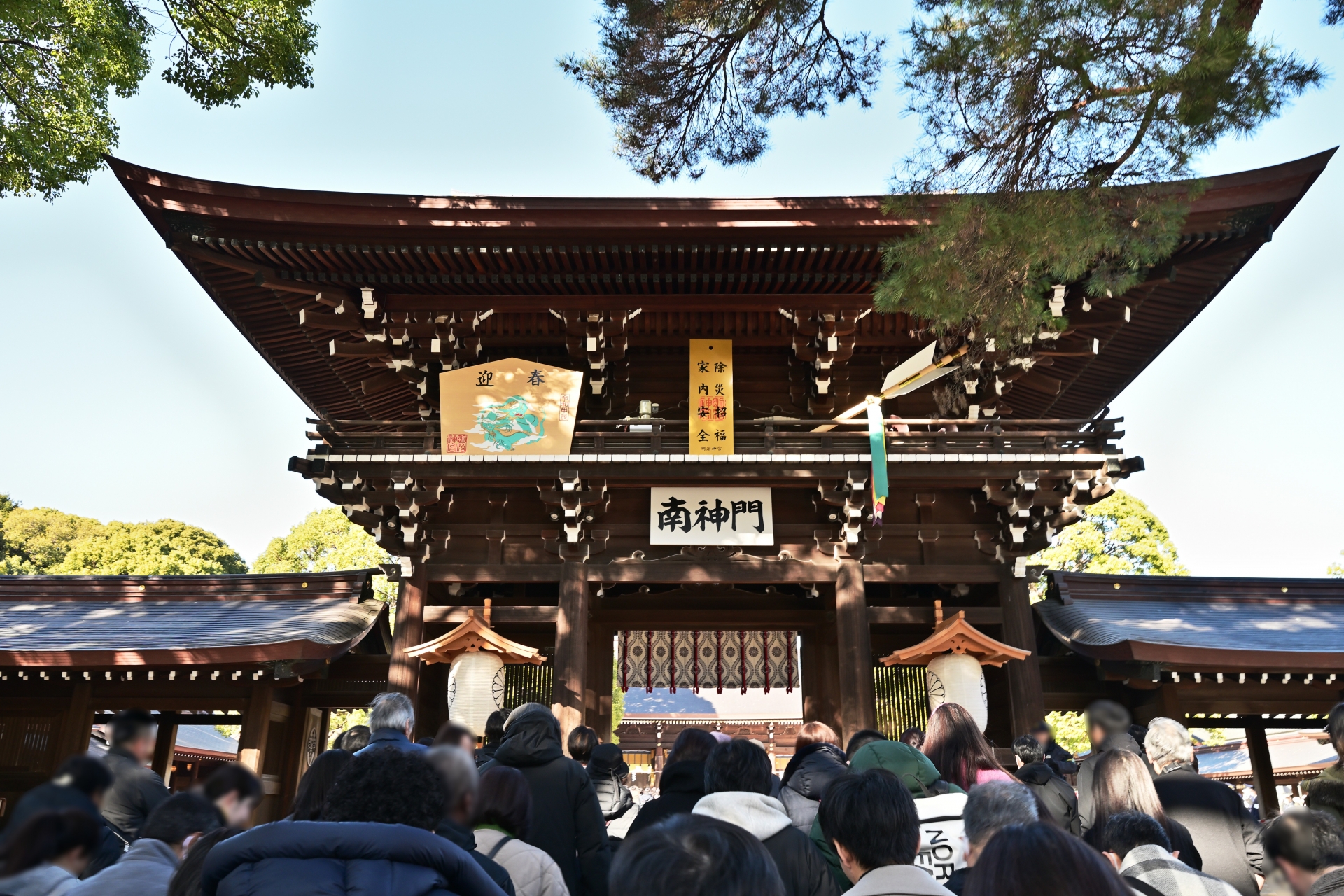
Exploring Tokyo’s Hidden Gems

Beyond the well-known tourist spots, Tokyo is full of hidden gems. Stroll through the nostalgic Yanaka district, where old Tokyo vibes remain intact, or explore Kichijoji’s lush Inokashira Park. For those seeking peace, visit small shrines tucked away in city corners, offering a respite from the city’s fast pace.
Kyoto – The Cultural Capital
Kyoto stands as Japan’s cultural heart, renowned for its well-preserved temples, traditional tea ceremonies, and ancient festivals. As Japan’s former capital, Kyoto offers a glimpse into the country’s rich history, where you can walk through the past while enjoying its serene beauty.
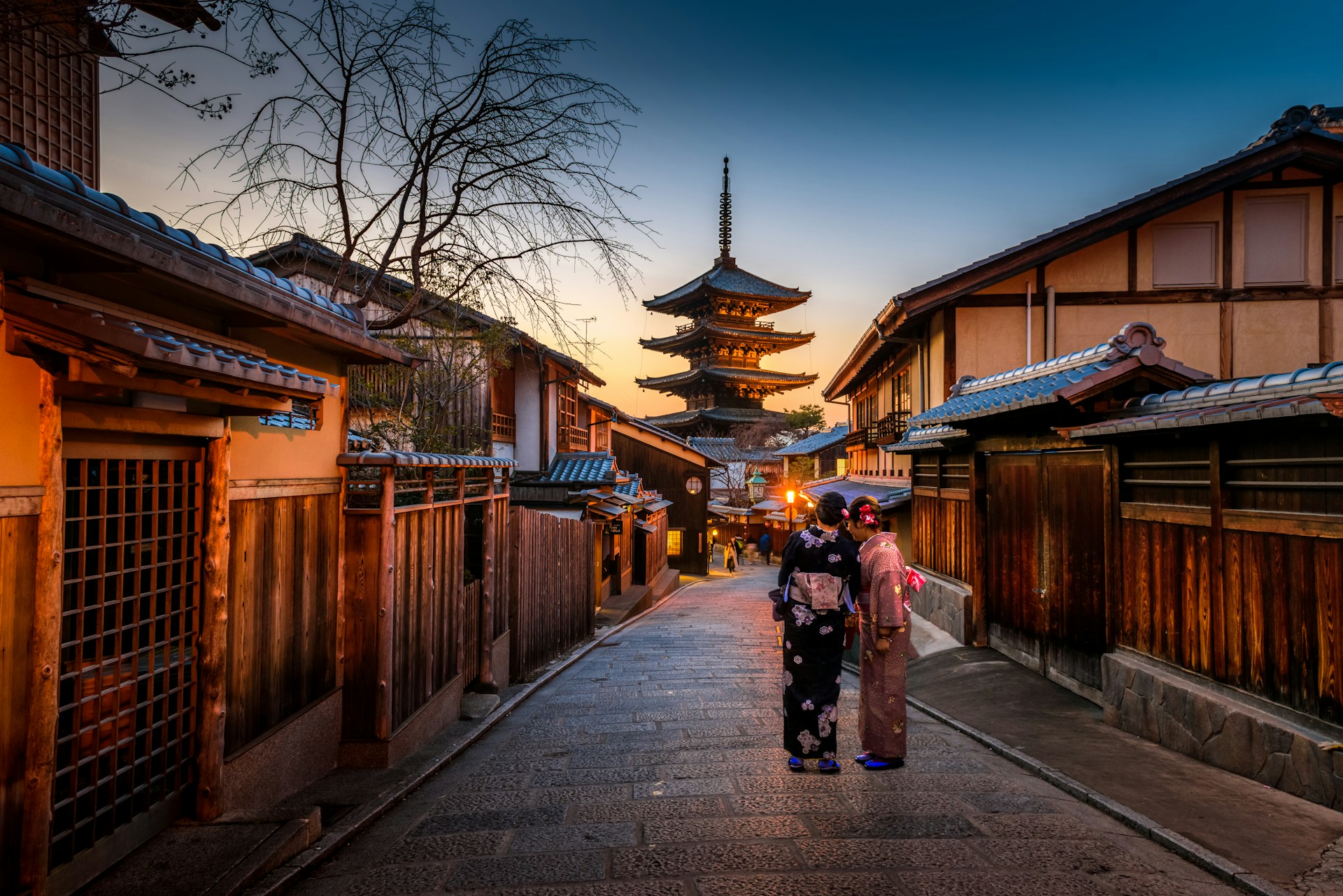
Top Historical Sites in Kyoto
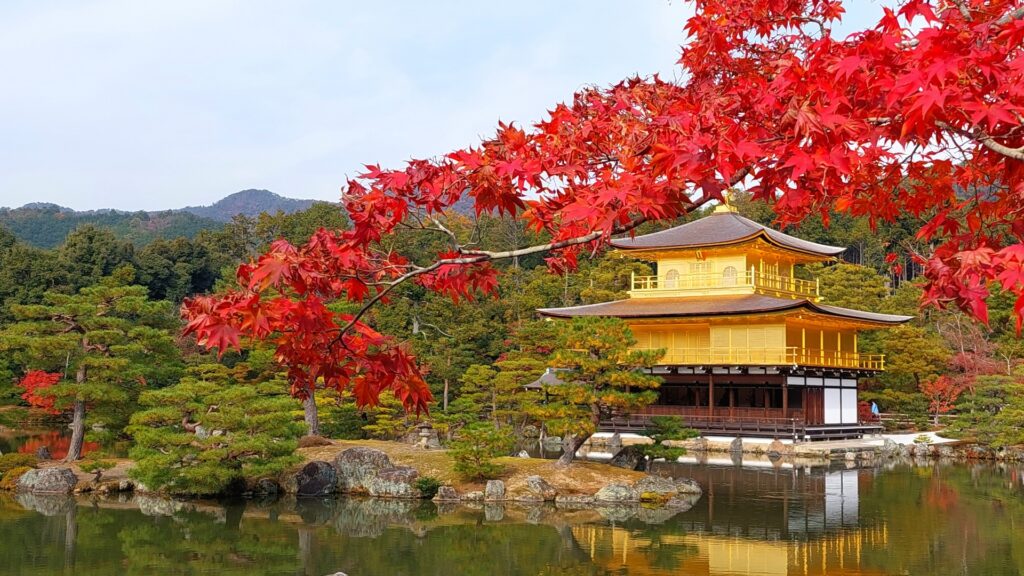
Kyoto is home to some of Japan’s most iconic landmarks, including Kinkaku-ji (the Golden Pavilion), Fushimi Inari Shrine, known for its thousands of red torii gates, and Nijo Castle, a UNESCO World Heritage Site that showcases the power of the Tokugawa shogunate.
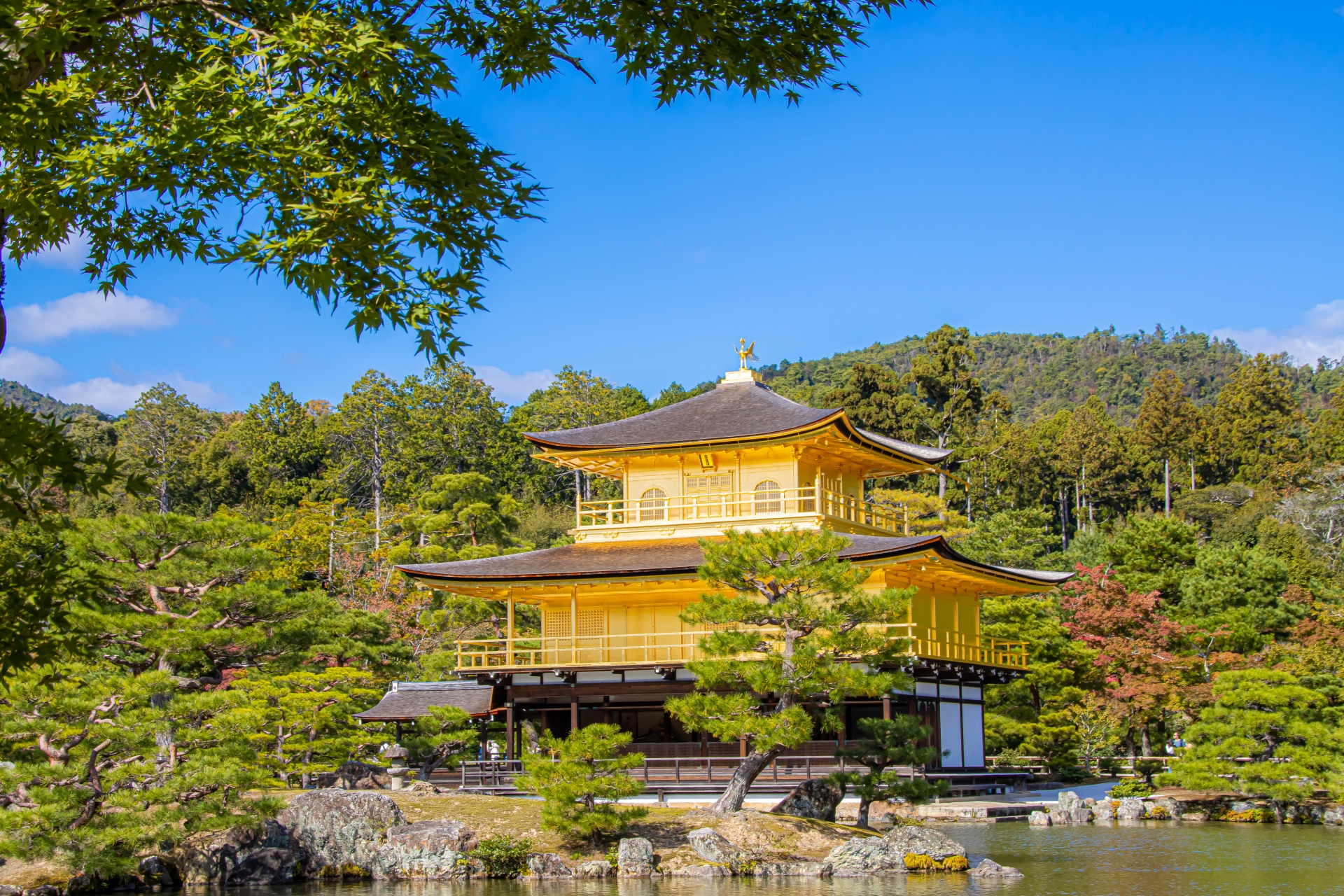
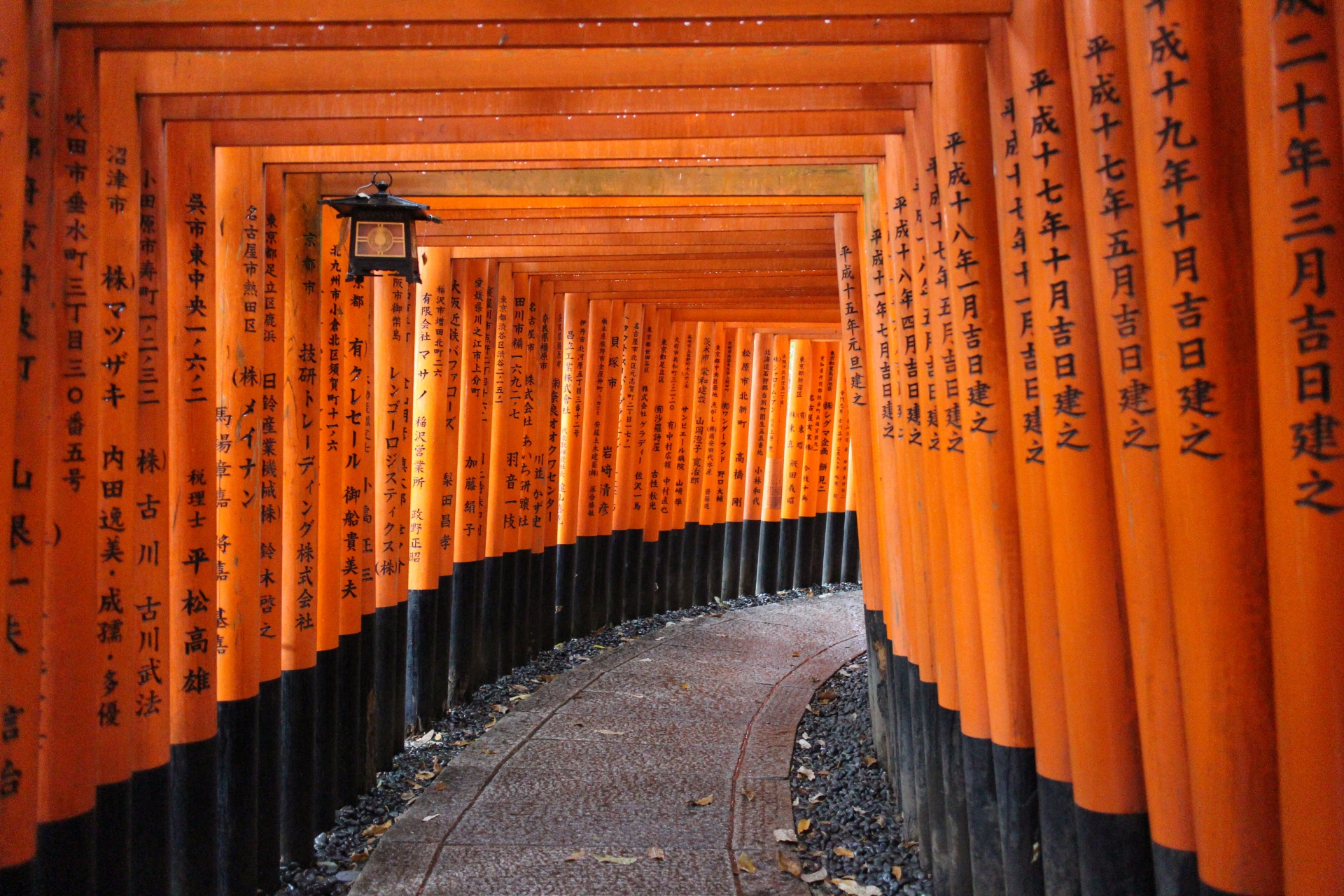
Experiencing Traditional Kyoto
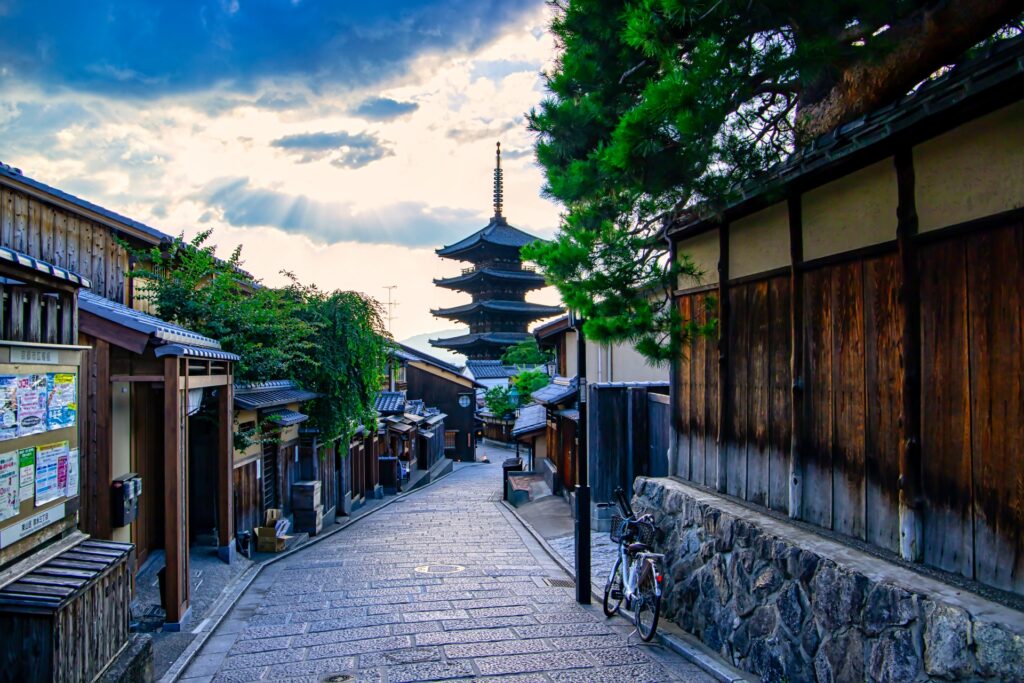
Kyoto is the place to immerse yourself in Japanese traditions. Participate in a tea ceremony at a traditional tea house, explore the narrow lanes of Gion, home to Kyoto’s famous geisha, and witness vibrant traditional festivals such as the Gion Matsuri, one of Japan’s most famous.
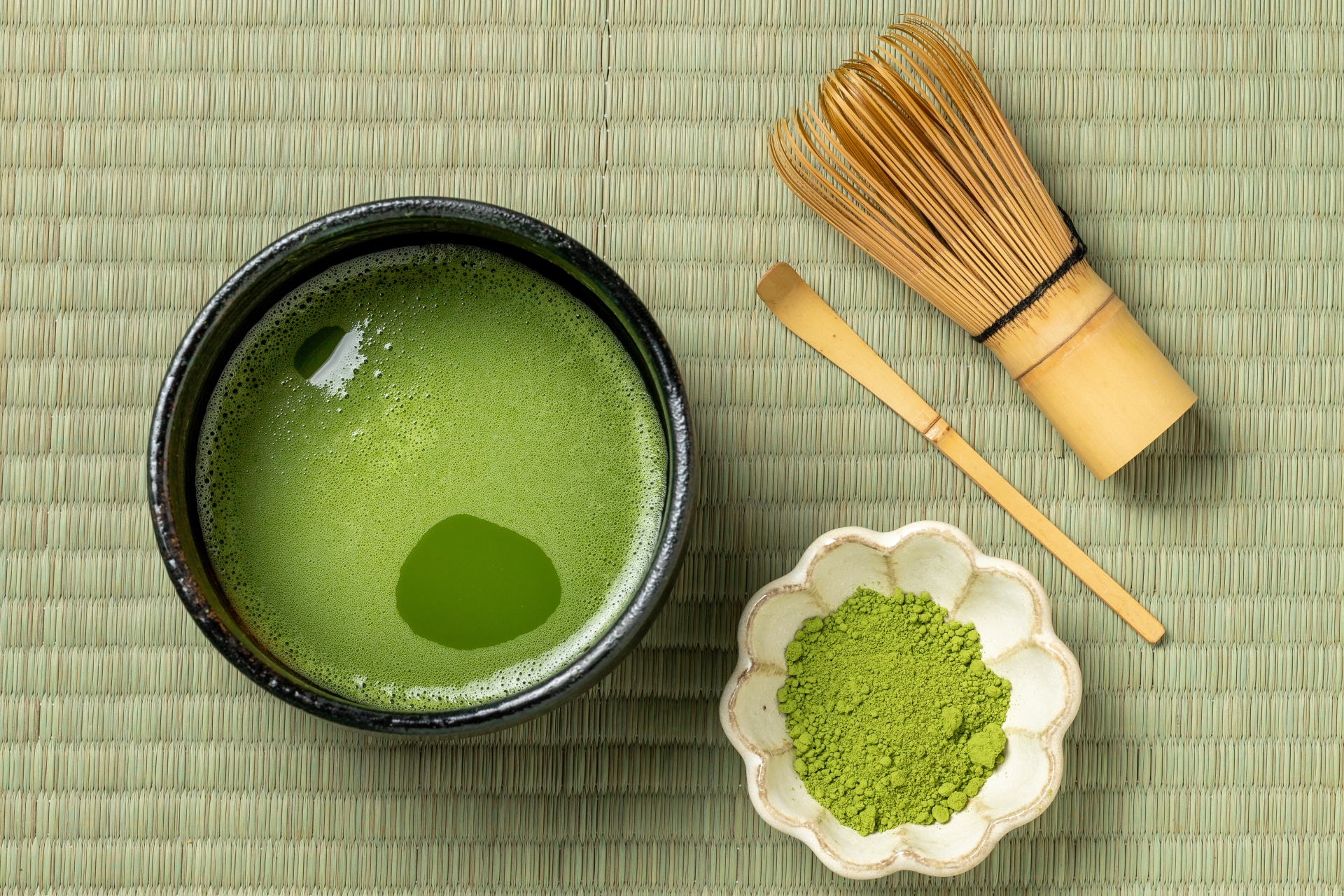
Osaka – The Foodie Paradise
Osaka is known as Japan’s kitchen, and for good reason. The city’s culinary scene is legendary, offering everything from mouth-watering street food to sophisticated dining experiences. Beyond food, Osaka boasts a lively atmosphere, with a thriving nightlife and iconic landmarks.
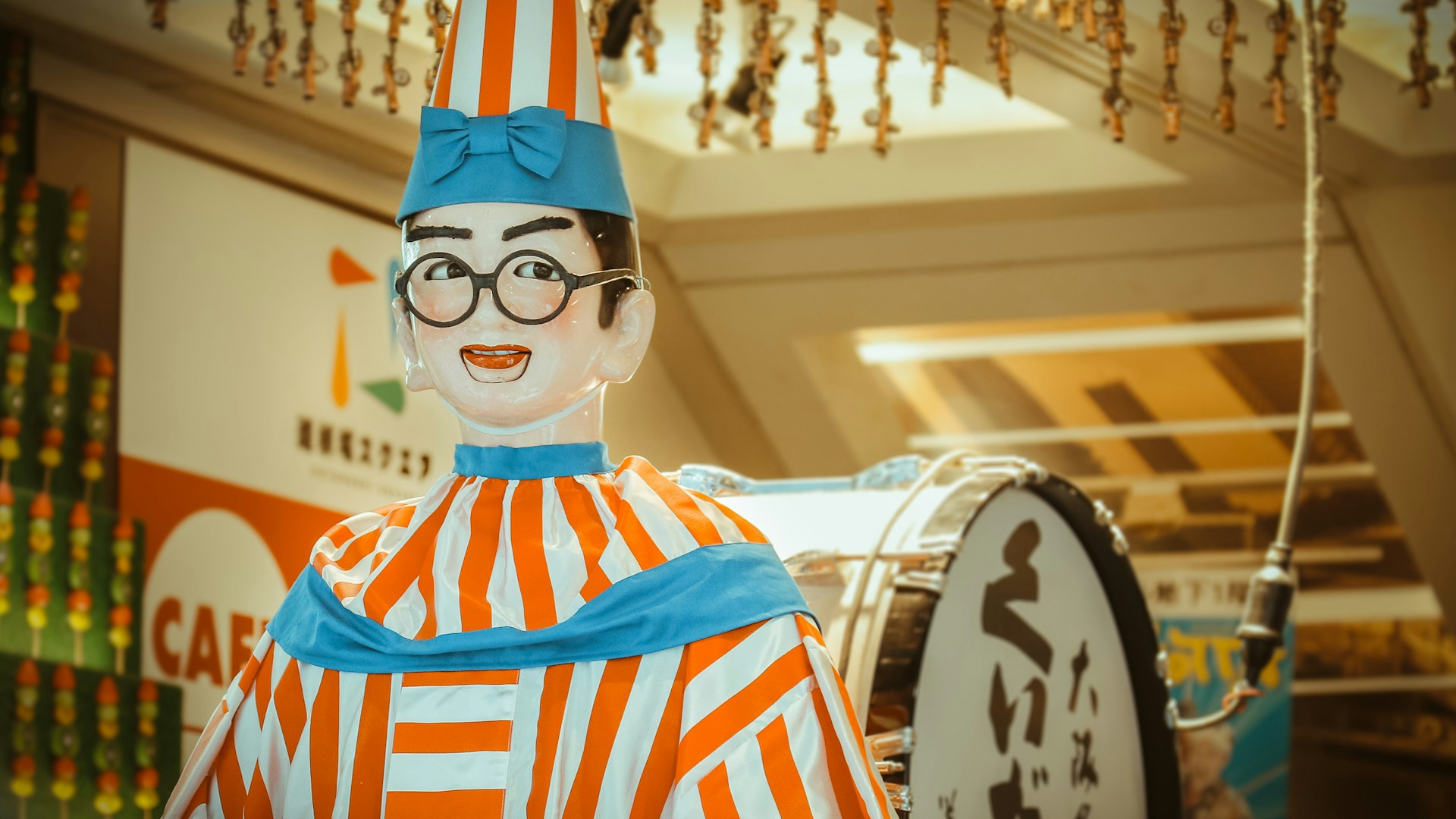
Best Street Foods to Try in Osaka
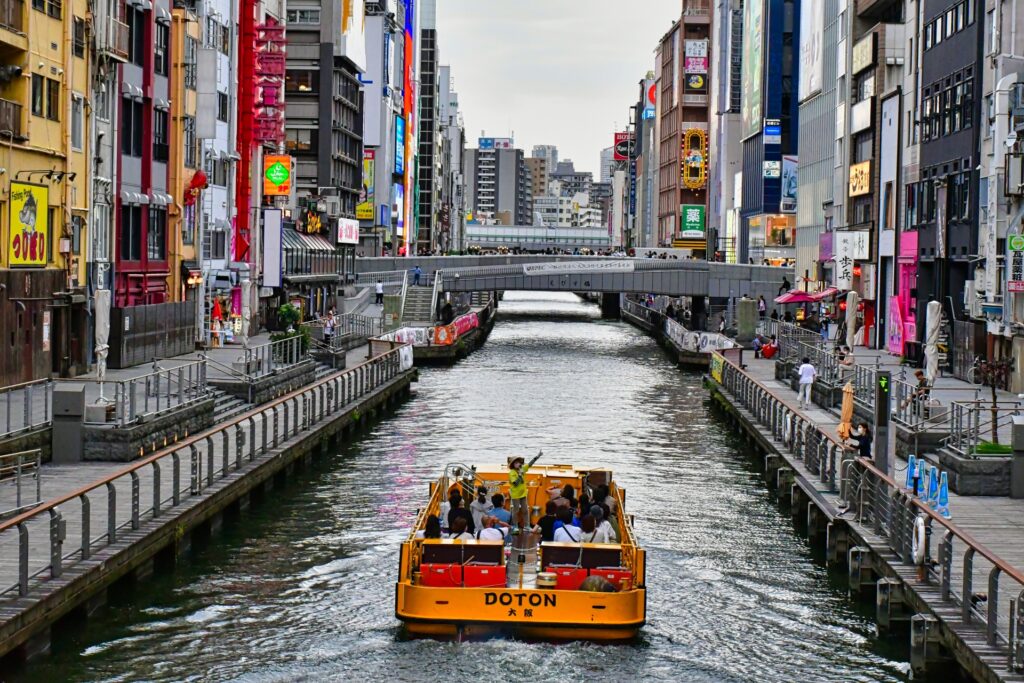
Osaka is famous for its street food, with Dotonbori Street being the ultimate destination for food lovers. Be sure to try takoyaki (octopus balls) and okonomiyaki (a savory pancake), both of which originated here. Exploring food stalls and street vendors is a must-do in Osaka.
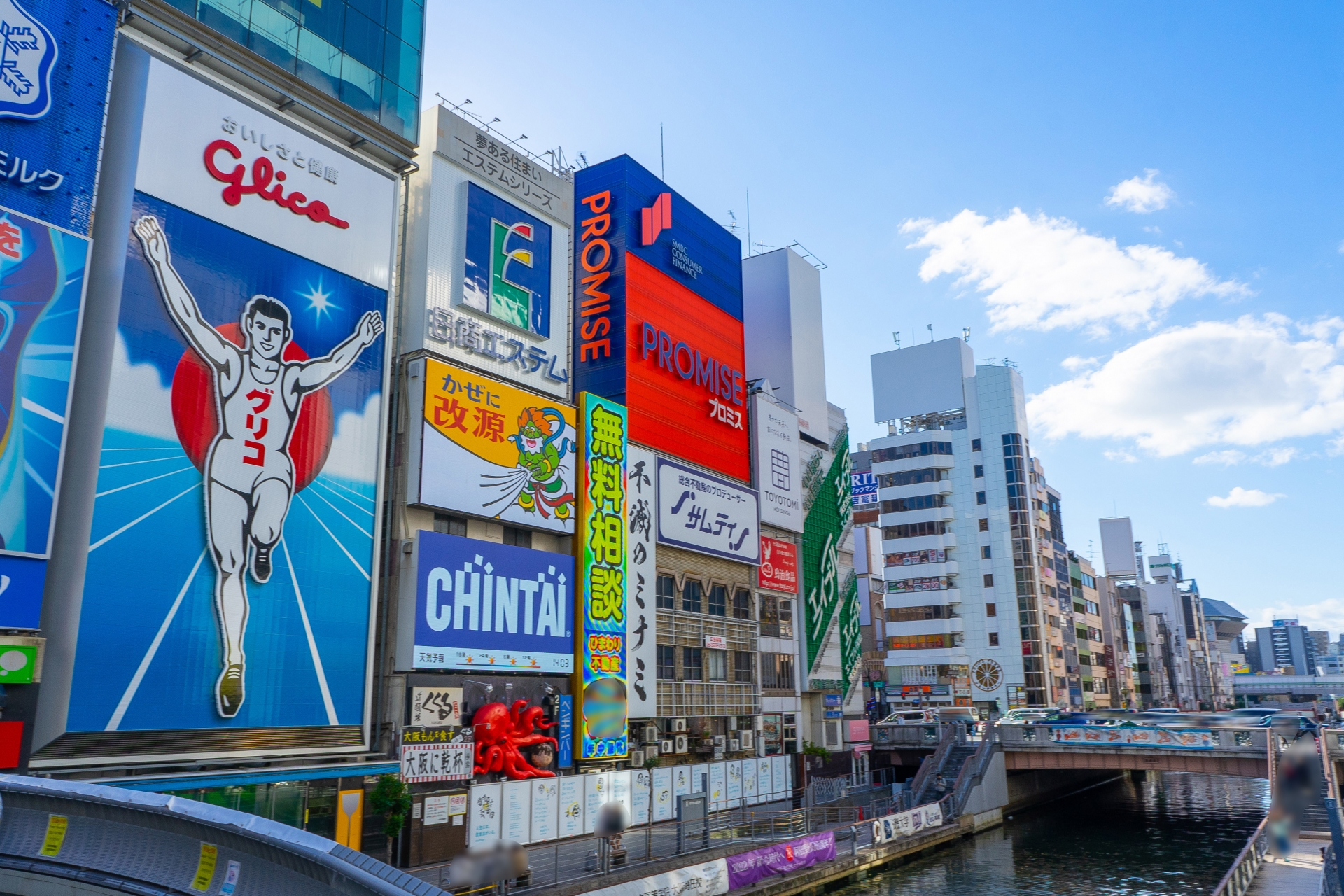
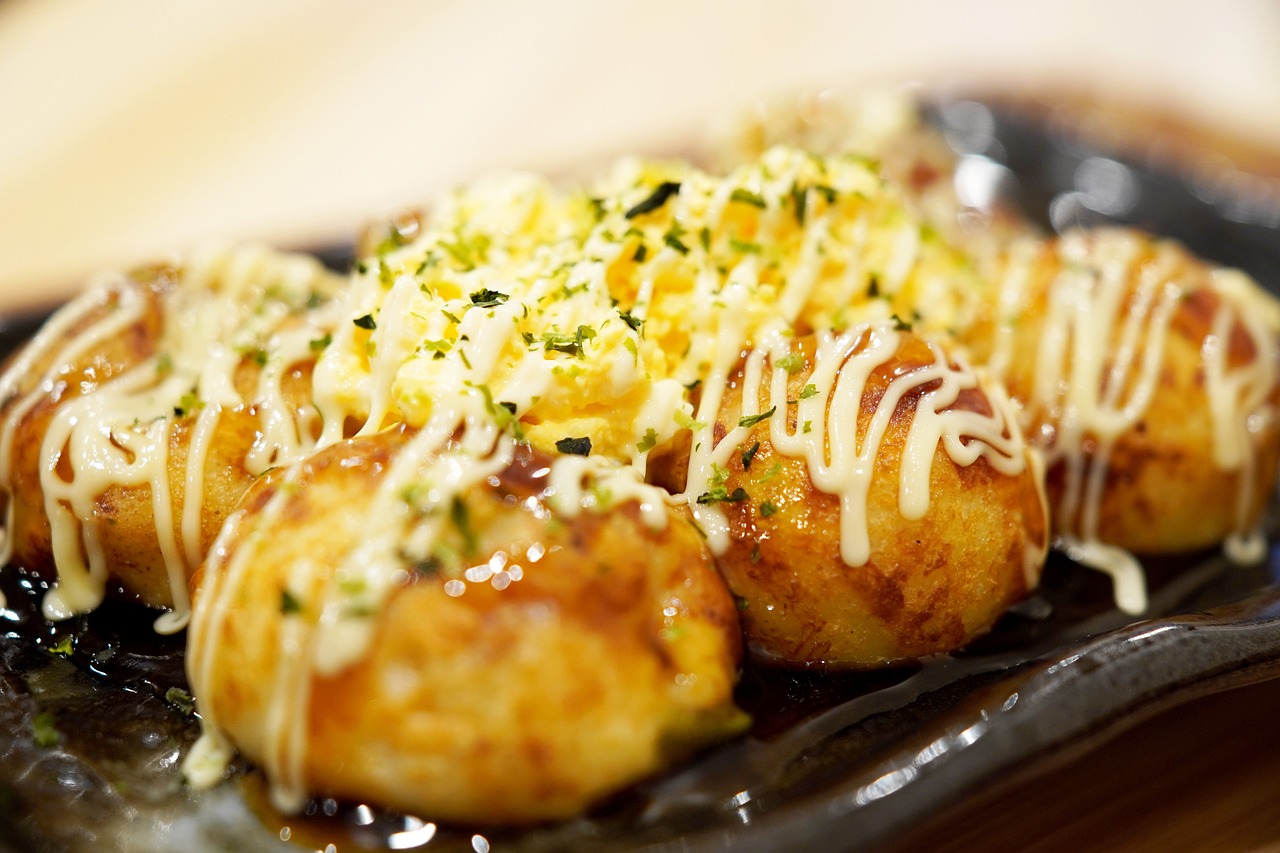
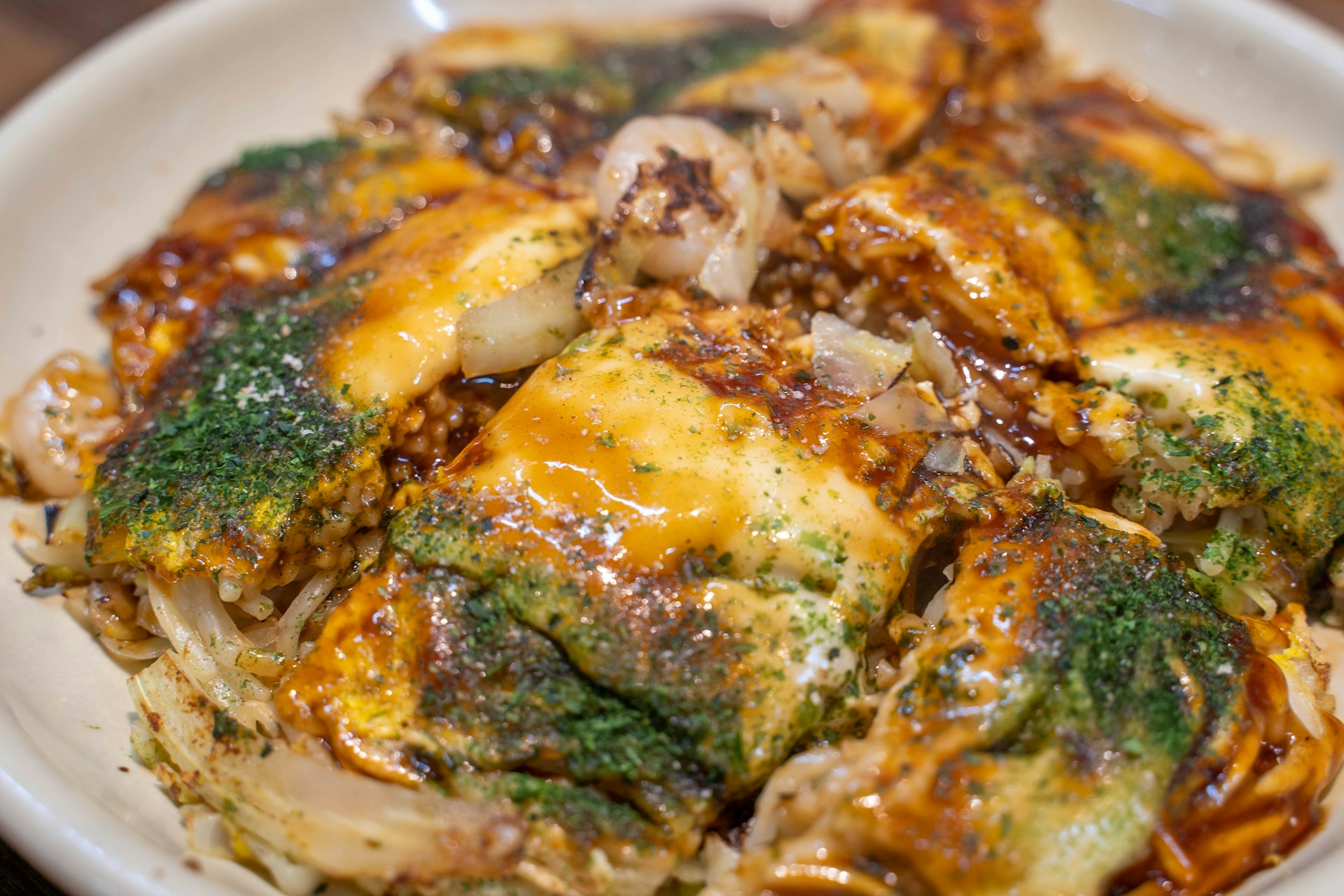
Osaka’s Main Attractions
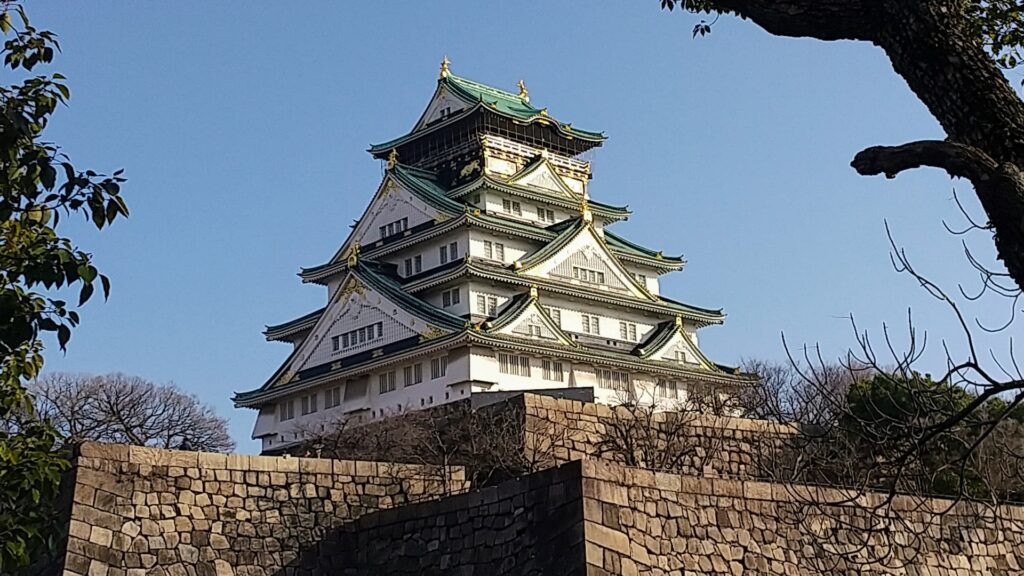
While food is king in Osaka, there’s much more to see. Osaka Castle offers a historical perspective, while Universal Studios Japan is perfect for a fun day out. Don’t forget to walk along the neon-lit streets of Dotonbori for an unforgettable nighttime experience.
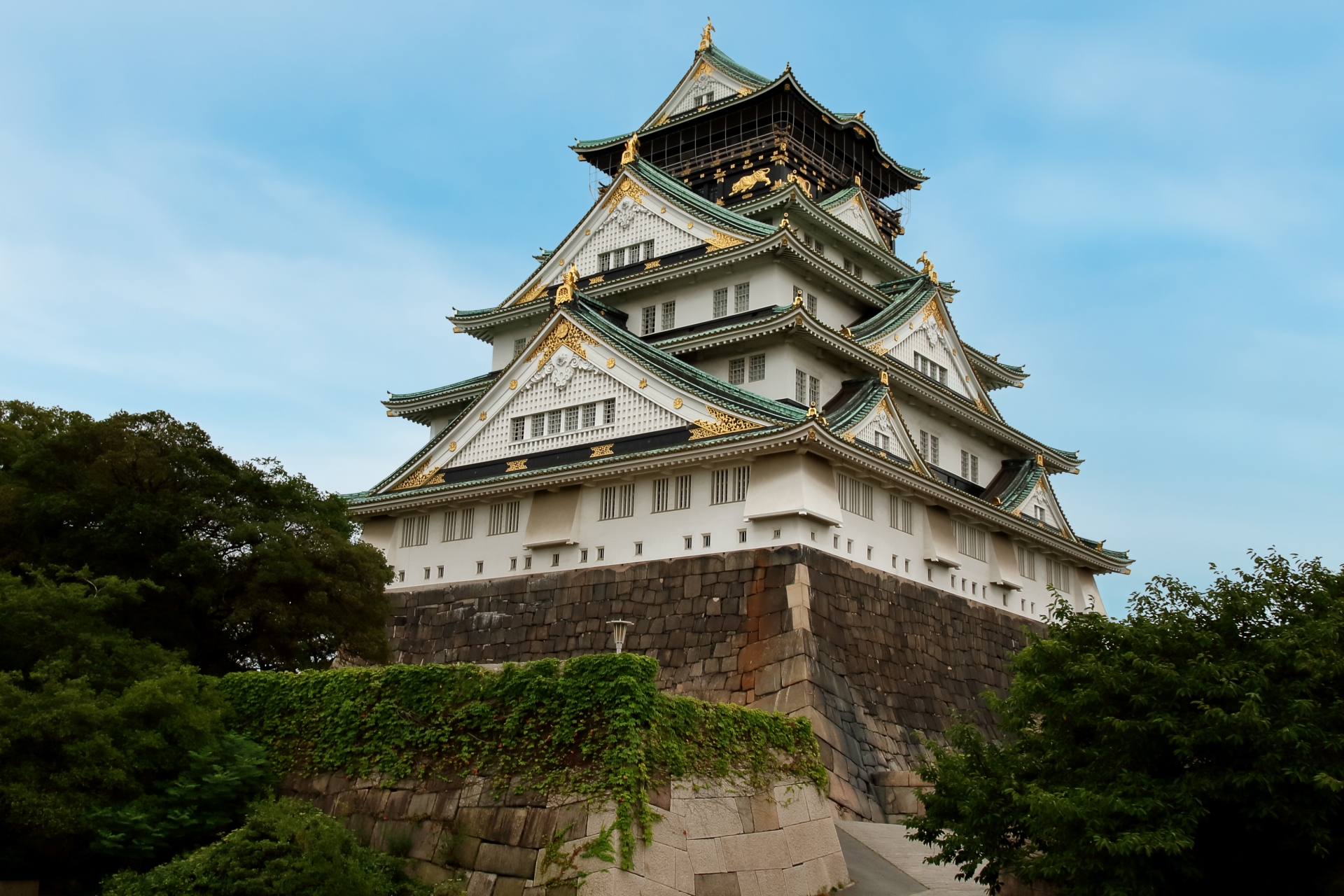
Hiroshima – A City of Peace and Remembrance
Hiroshima is a city that rose from the ashes of World War II to become a beacon of peace and remembrance. Known worldwide for the tragic events of 1945, Hiroshima has transformed into a city that embraces hope and a bright future.
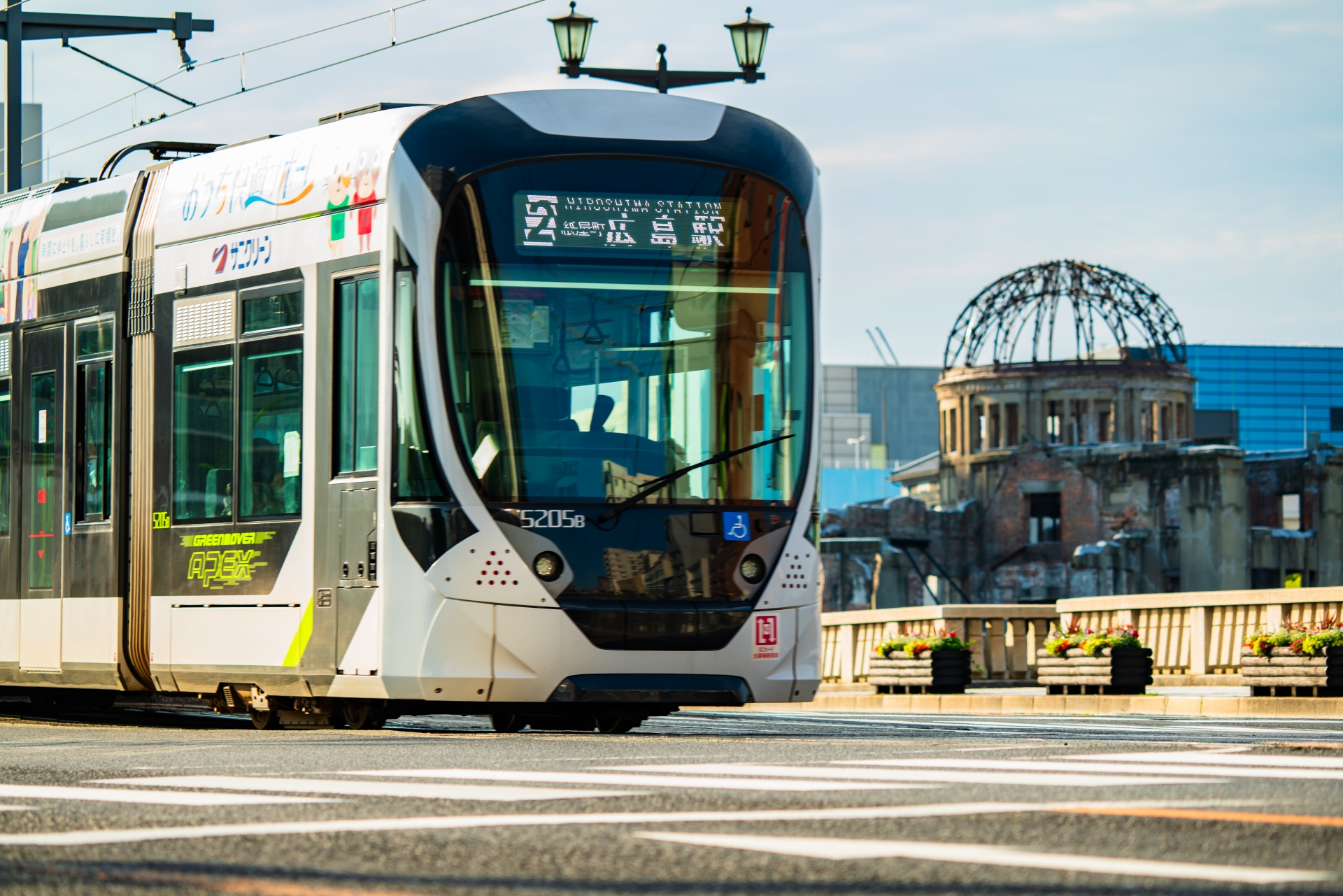
Visiting Hiroshima Peace Memorial Park
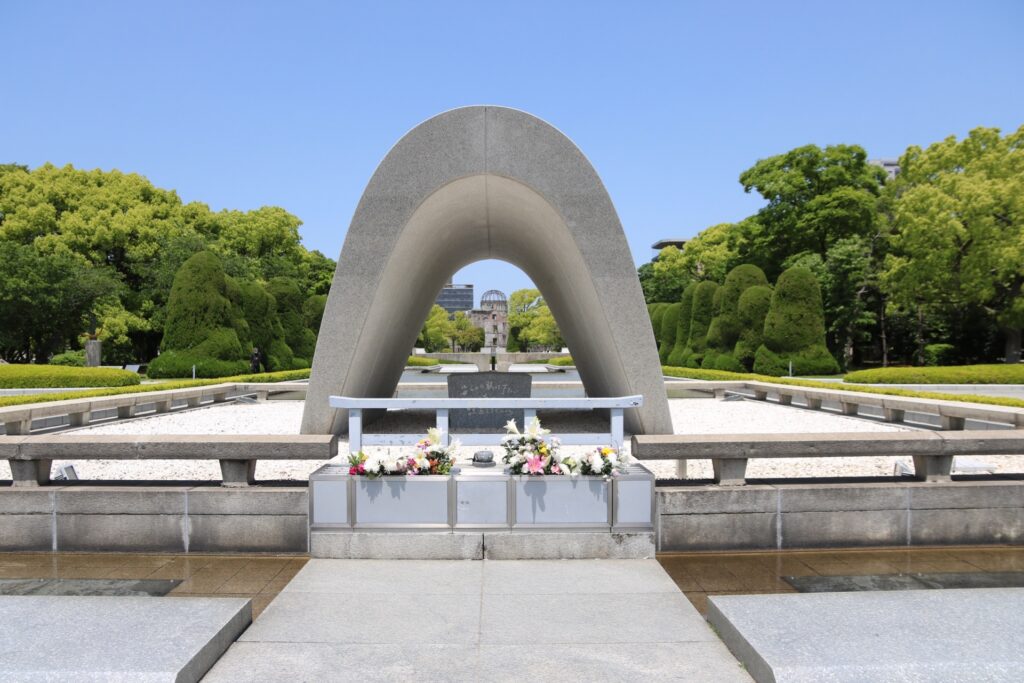
A visit to Hiroshima is incomplete without a stop at the Peace Memorial Park, which includes the A-Bomb Dome and the Hiroshima Peace Memorial Museum. This park serves as a powerful reminder of the past, offering visitors a chance to reflect on history.
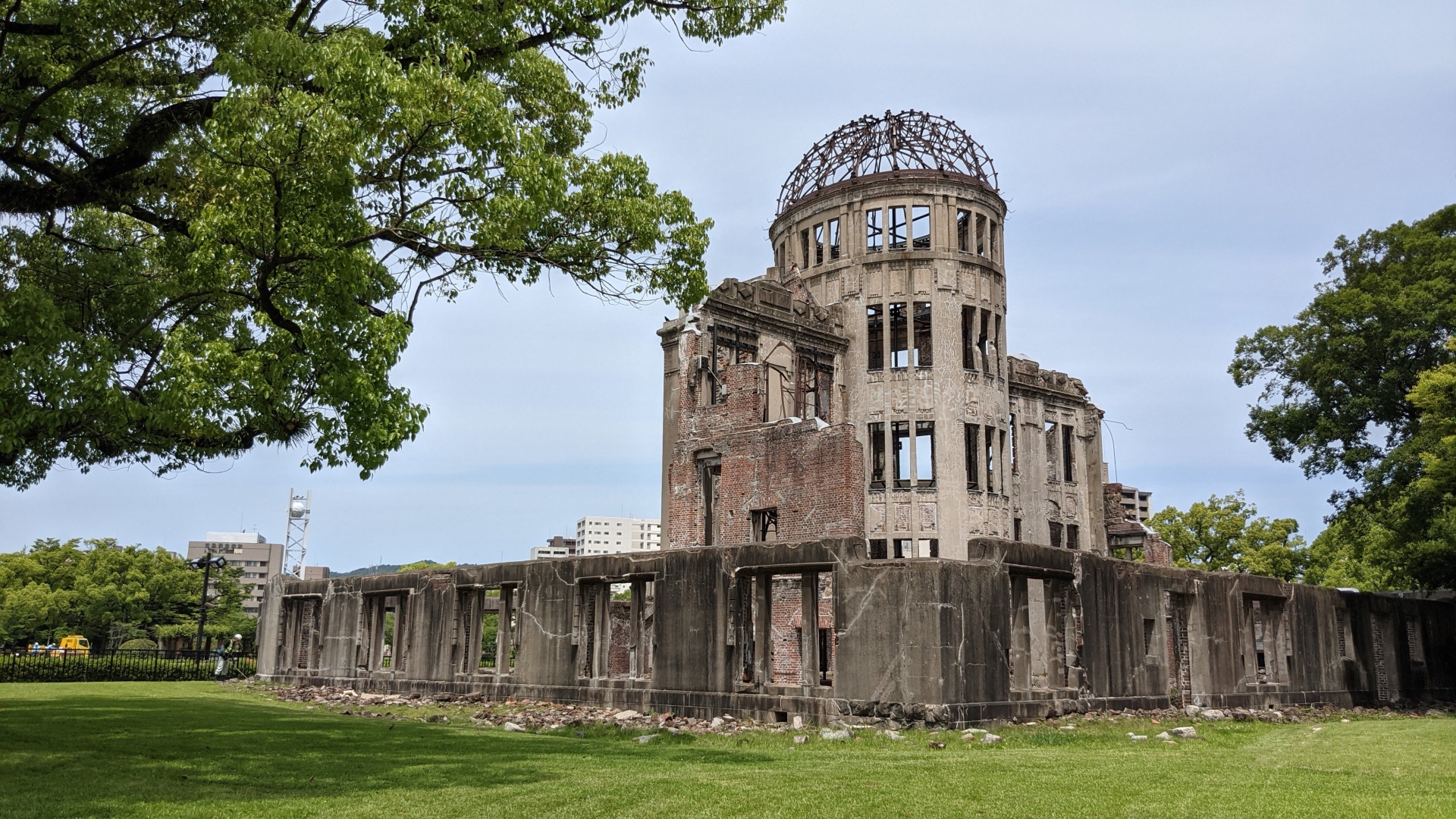
Modern Hiroshima: Beyond History
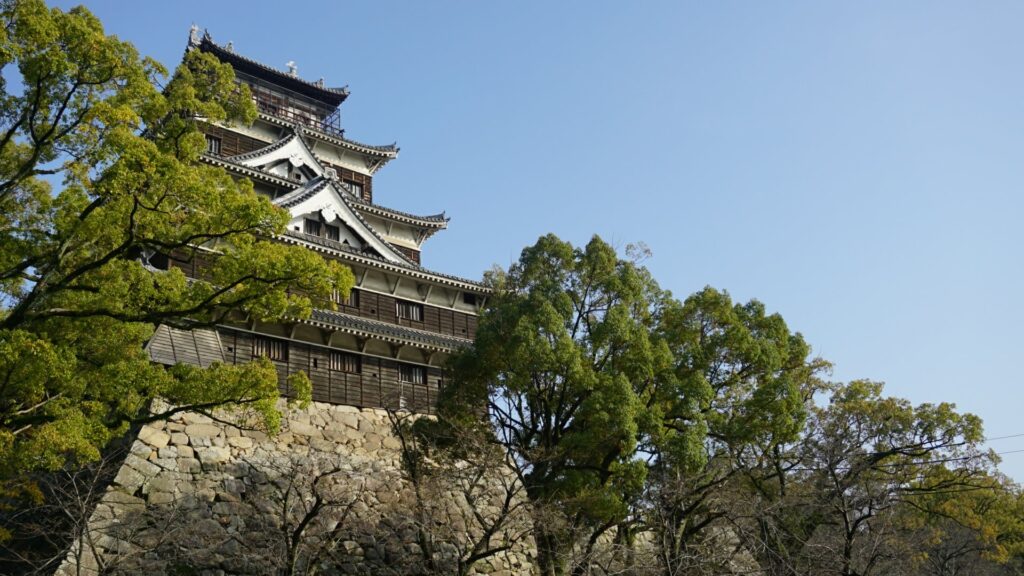
Though its history is significant, modern Hiroshima offers plenty of other attractions, including Hiroshima Castle and the beautiful Shukkeien Garden, a peaceful place to escape the bustling city life.
Fukuoka – A Gateway to Kyushu
Fukuoka is the largest city on the island of Kyushu and is known for its laid-back lifestyle, rich history, and outstanding culinary scene. The city serves as a major gateway to exploring southern Japan, making it a perfect starting point for Kyushu adventures.
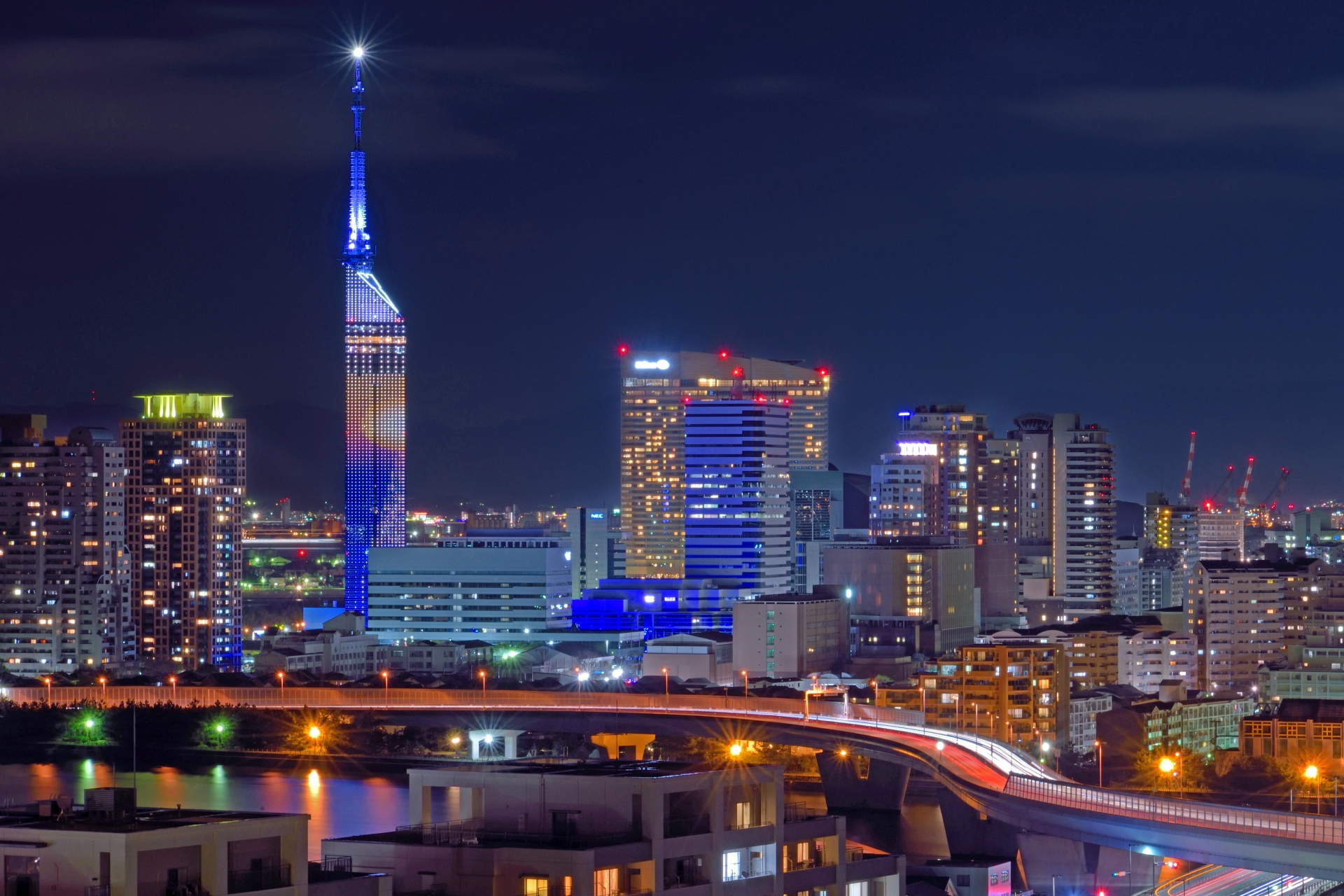
Hakata Ramen and Fukuoka’s Cuisine
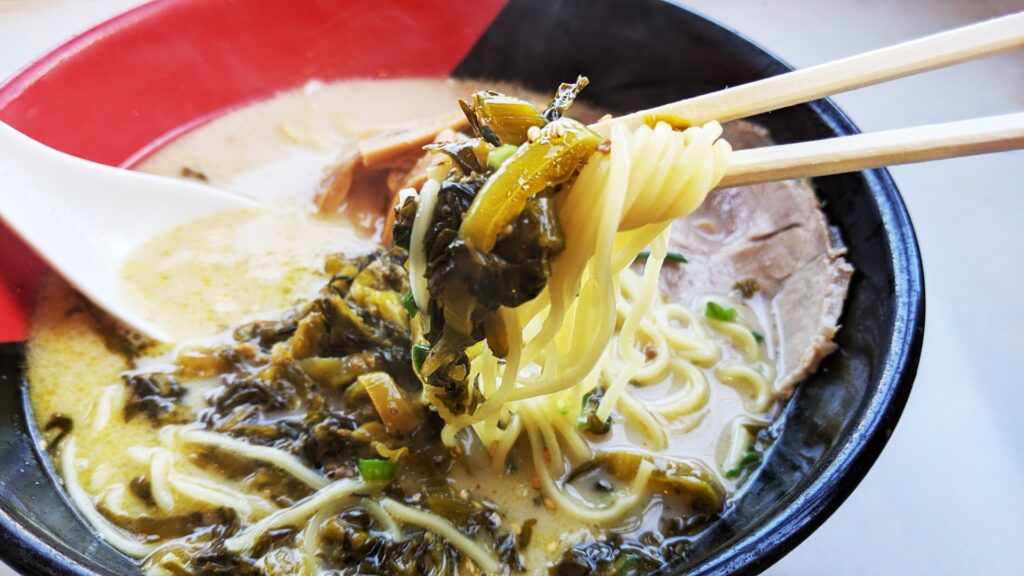
Fukuoka is the birthplace of Hakata ramen, one of Japan’s most beloved ramen styles, known for its rich, creamy pork broth. Don’t miss the chance to dine at one of the many yatai (street food stalls) scattered around the city, offering a wide variety of local delicacies.

Fukuoka’s Top Attractions

In addition to its food scene, Fukuoka boasts several noteworthy attractions, including the scenic Ohori Park, the towering Fukuoka Tower, and the bustling Canal City shopping center, where visitors can shop, dine, and be entertained all in one spot.
Sapporo – The Capital of Hokkaido
Sapporo, the capital of Japan’s northernmost island, Hokkaido, is famous for its winter wonderland atmosphere and outdoor activities. Known for hosting the 1972 Winter Olympics, the city attracts visitors year-round for its skiing, snowboarding, and the iconic Sapporo Snow Festival.
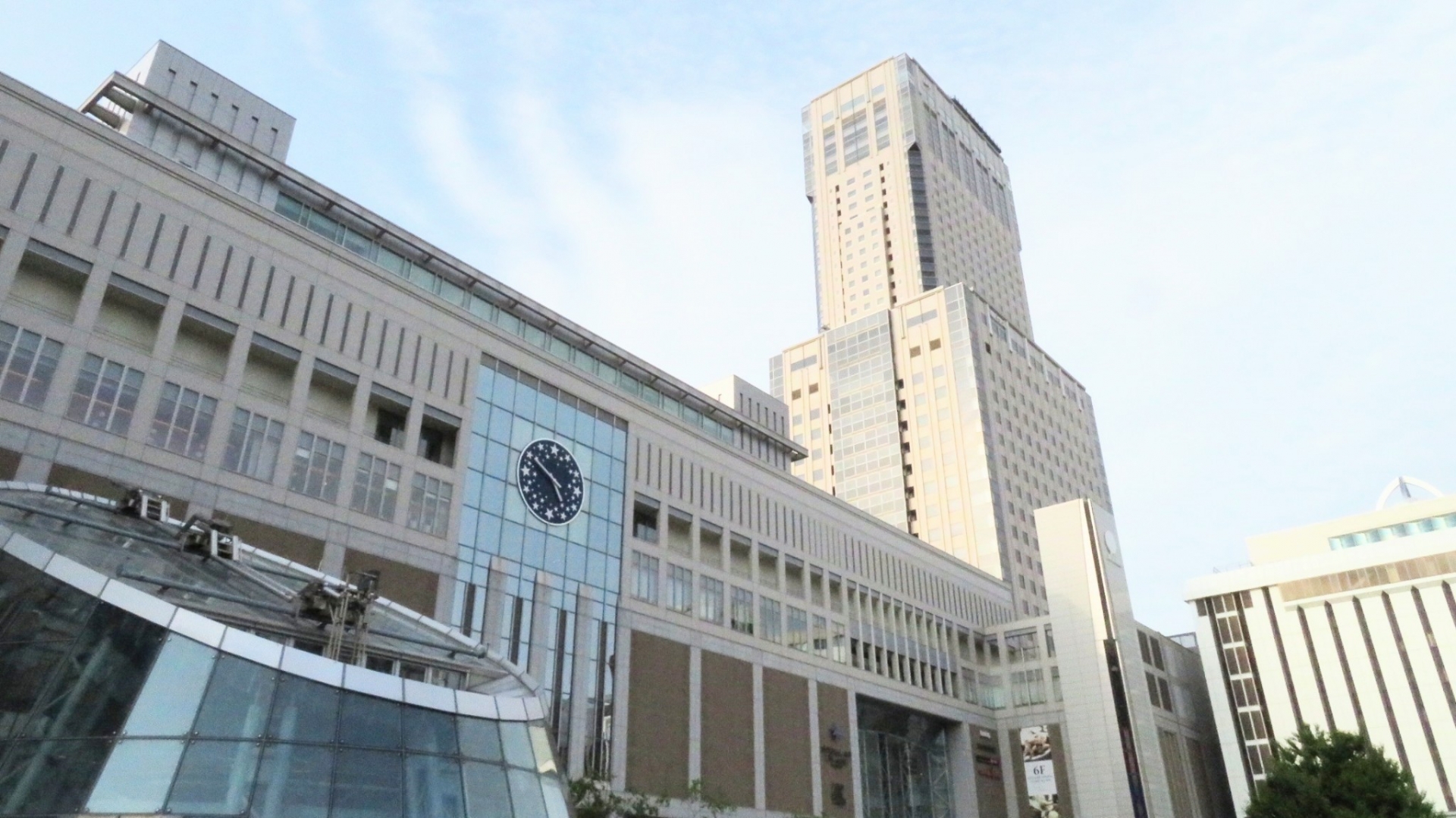
The Sapporo Snow Festival
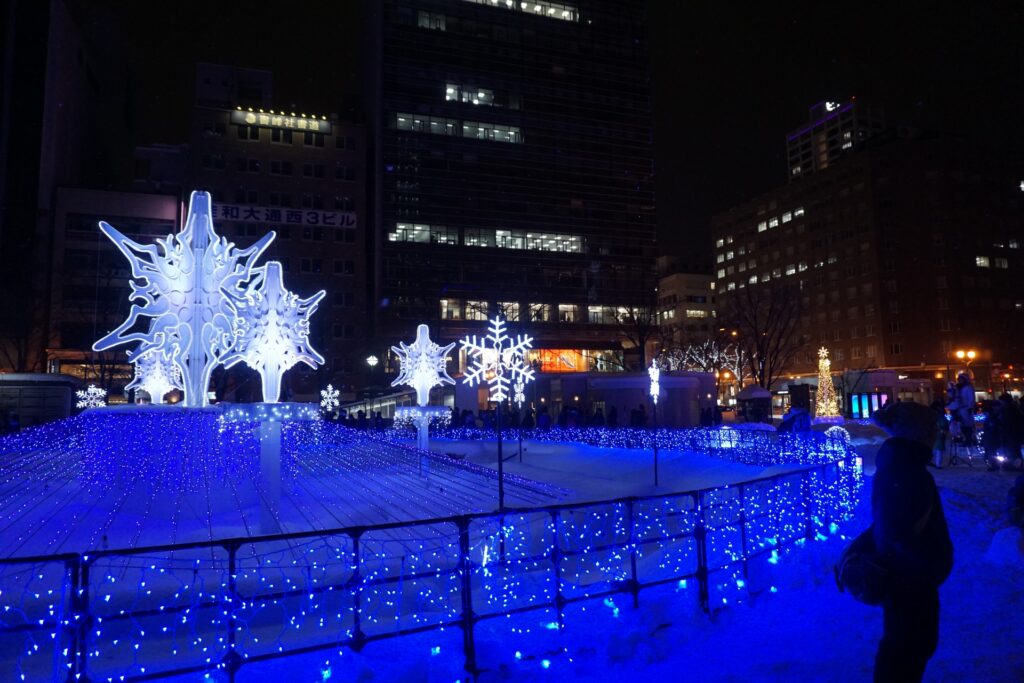
The Sapporo Snow Festival is one of Japan’s most famous winter events, drawing millions of visitors from around the globe. Held annually in February, the festival features incredible snow and ice sculptures, dazzling light displays, and various winter-themed activities, making it a must-visit for anyone visiting Japan in winter.
Exploring Sapporo’s Beer and Food Scene
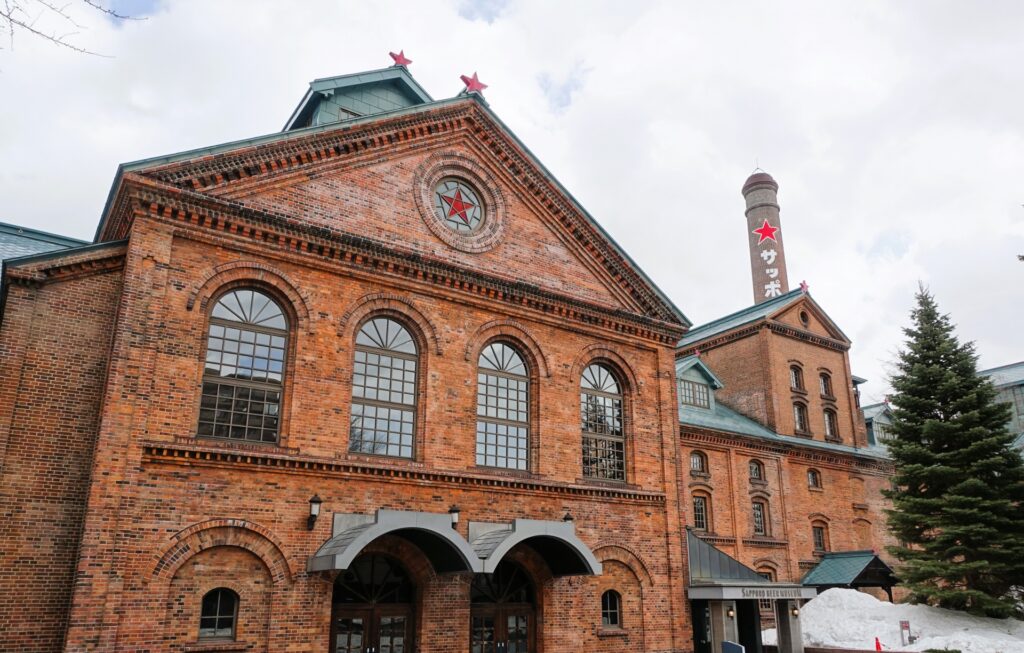
Sapporo is also known for its rich brewing history. The Sapporo Beer Museum offers an insightful look into the origins of one of Japan’s oldest breweries, while foodies can indulge in local specialties like miso ramen and soup curry, both of which originated in Hokkaido.
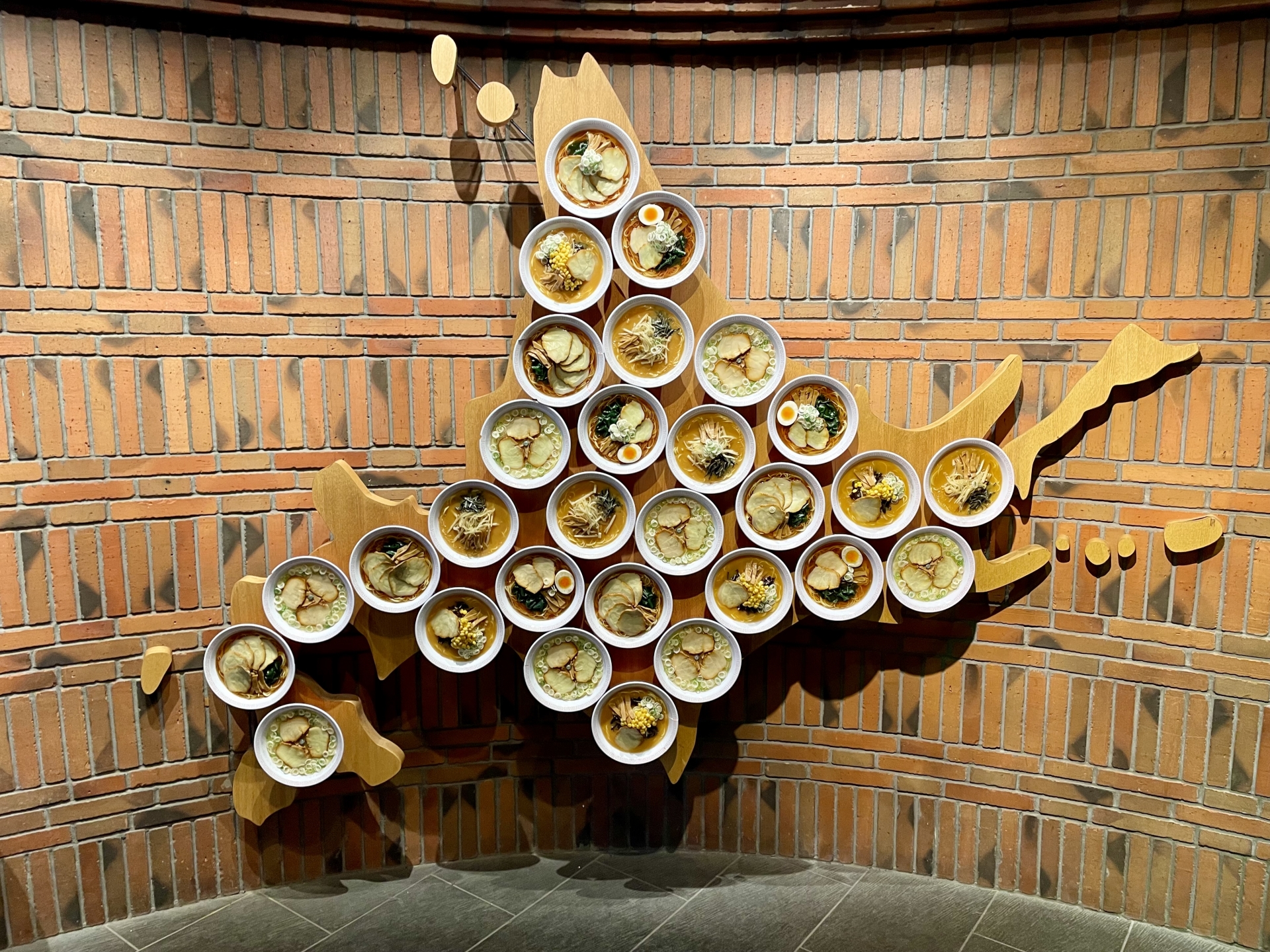
Nagoya – Japan’s Manufacturing Hub
Nagoya is Japan’s fourth-largest city and a vital industrial center, particularly known for its contributions to the automotive and manufacturing industries. Beyond its industrial reputation, Nagoya offers a fascinating blend of history, modern attractions, and traditional Japanese culture.
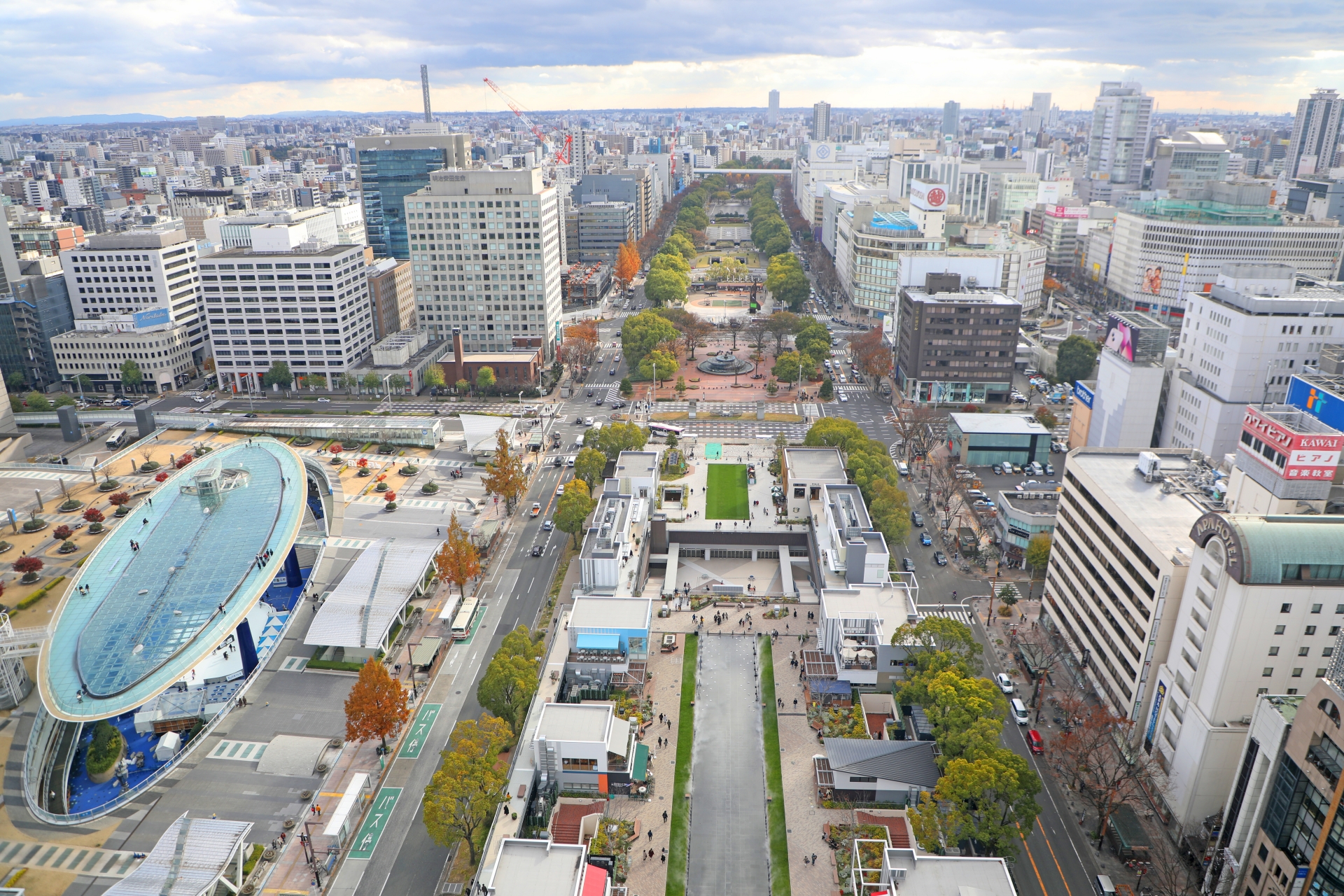
Toyota Museum and Industrial Legacy

Nagoya’s industrial significance is best illustrated by the Toyota Commemorative Museum of Industry and Technology, where visitors can learn about Japan’s leading role in automotive manufacturing. The museum provides interactive exhibits, showcasing the evolution of industry in Japan.
Nagoya Castle: A Historical Treasure
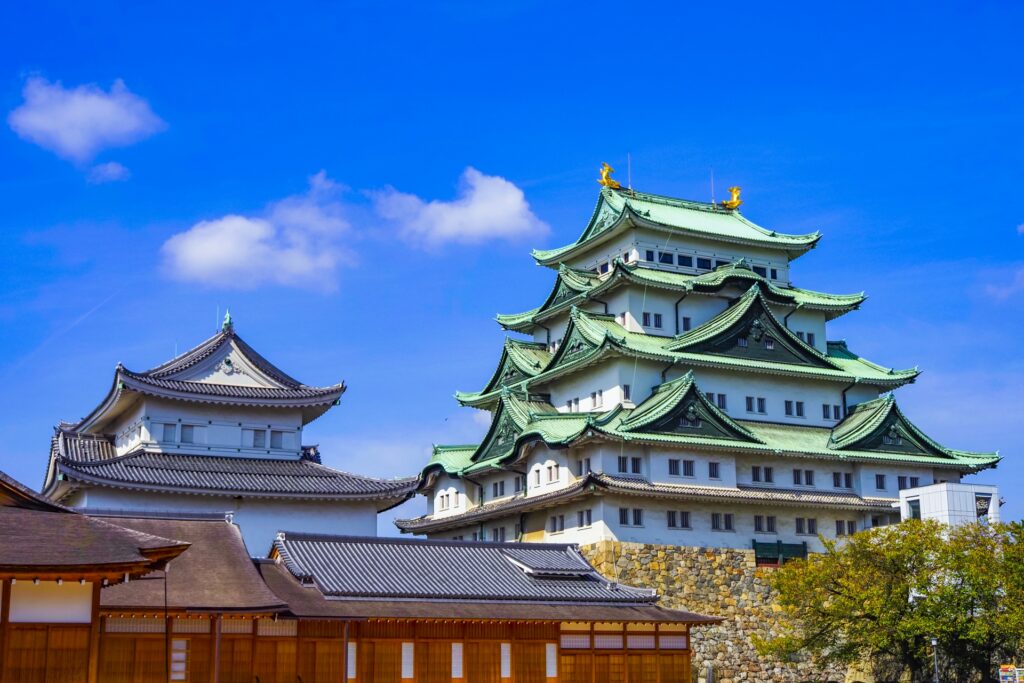
Nagoya Castle is a symbol of the city’s rich history and is renowned for its stunning architecture and deep connection to Japan’s feudal past. Originally built in the early 17th century, the castle has been reconstructed and stands today as one of the most important cultural landmarks in the region.
Nara – The Ancient Capital
Nara, once the capital of Japan, is a city that beautifully blends natural beauty with ancient history. Famous for its large population of freely roaming deer and well-preserved temples, Nara offers a peaceful atmosphere that transports visitors back in time.
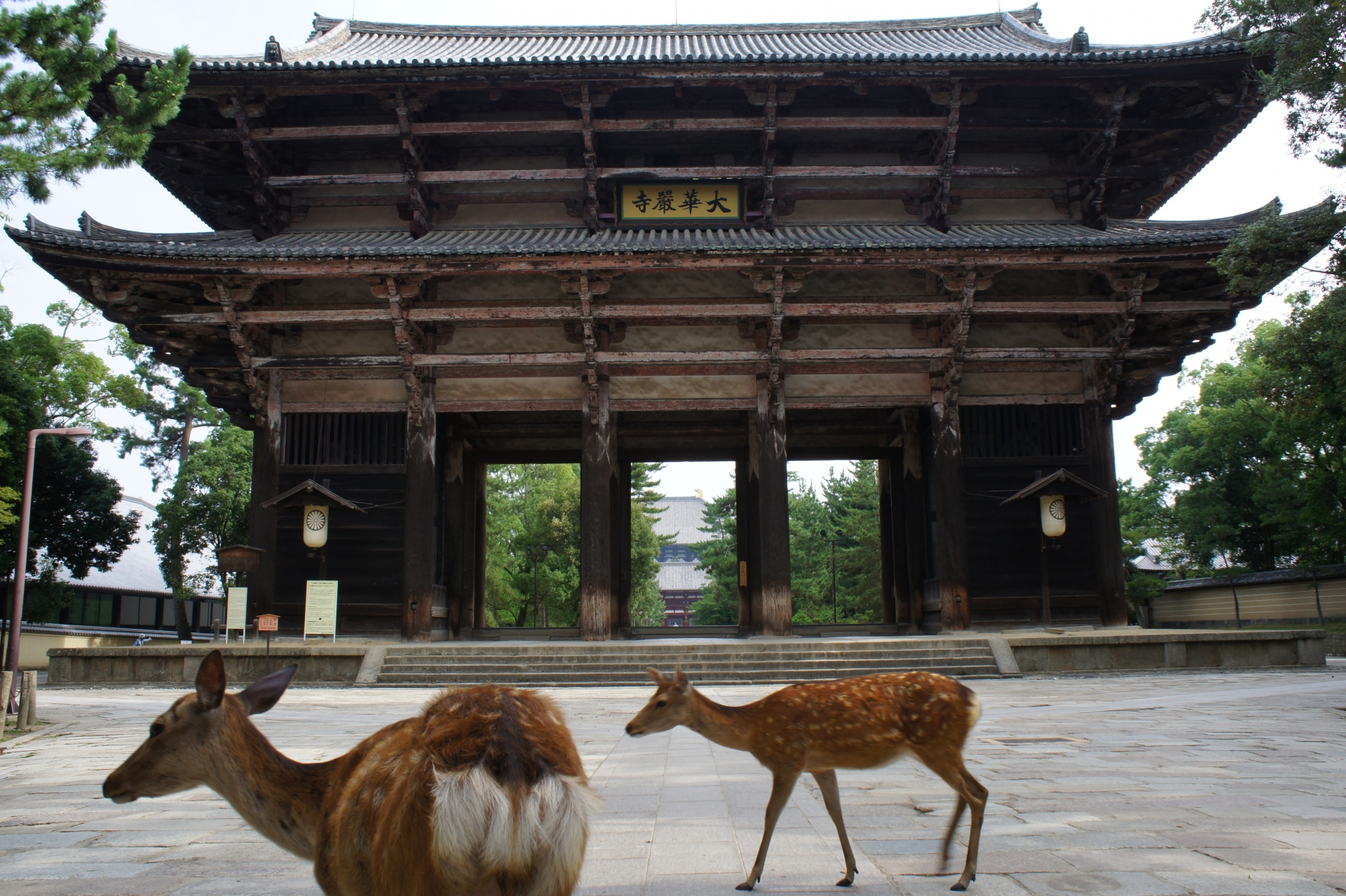
Top Temples and Shrines in Nara
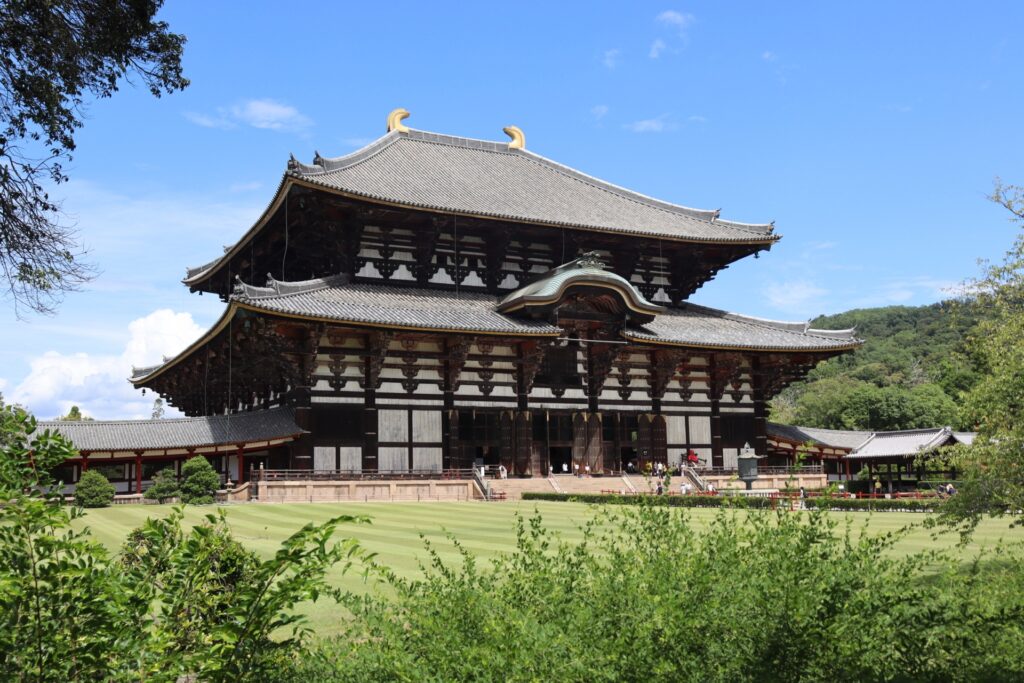
Nara is home to some of Japan’s most important religious sites, including Todai-ji Temple, which houses one of the world’s largest bronze statues of Buddha. Kasuga Taisha Shrine, another highlight, is known for its hundreds of bronze lanterns and beautiful surroundings. Both sites offer a deep dive into Japan’s spiritual heritage.
Nara’s Deer Park Experience

One of the most unique experiences in Nara is visiting Nara Park, where tame deer wander freely. Visitors can buy special crackers to feed the deer, which are regarded as messengers of the gods in local Shinto beliefs. This experience offers a close connection to nature and Nara’s historical traditions.
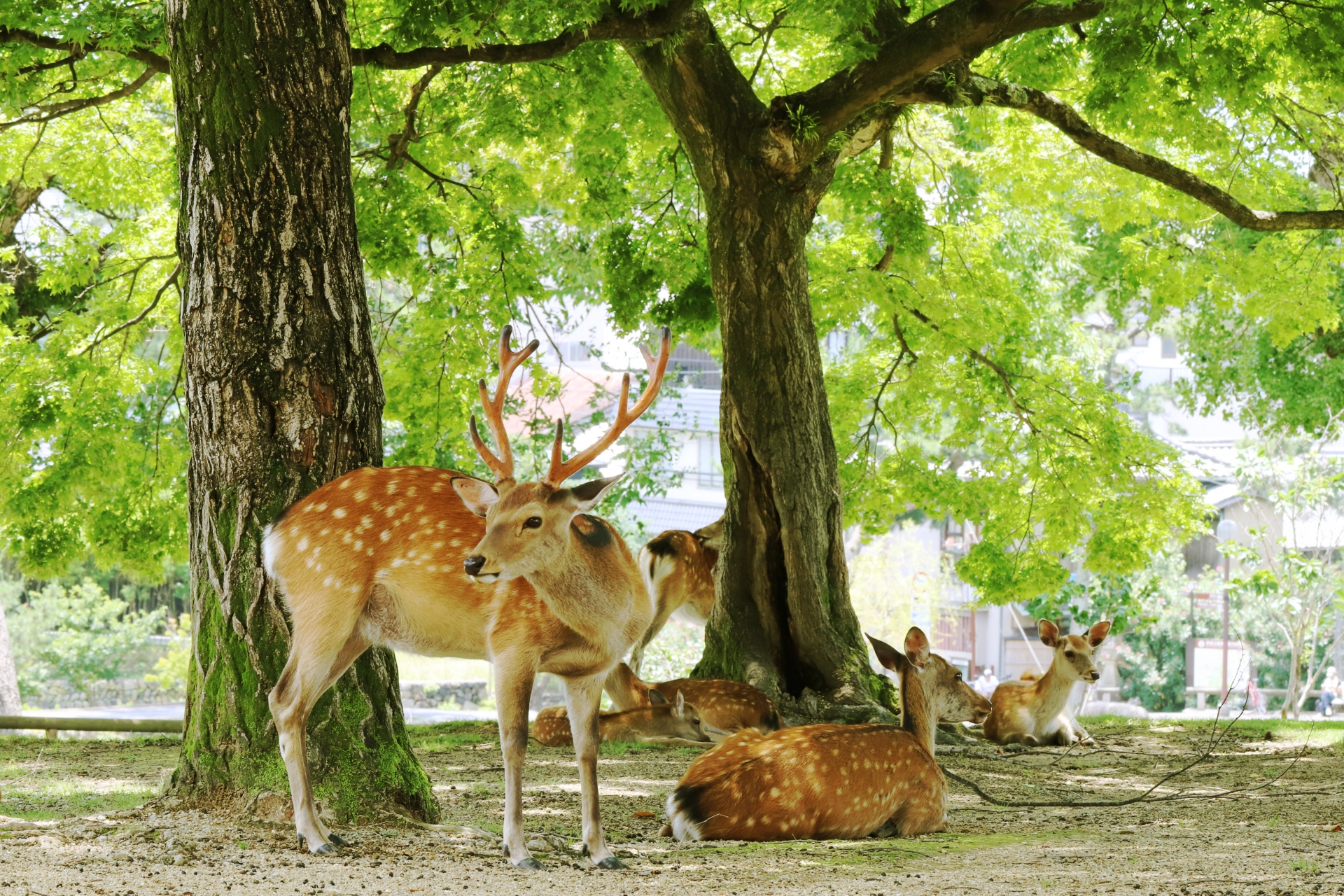
Yokohama – A Port City Full of Life
Just a short train ride from Tokyo, Yokohama is Japan’s second-largest city and a vibrant port hub with a perfect blend of modern attractions and historic charm. It’s an ideal destination for those wanting a more relaxed pace while still being close to the capital.
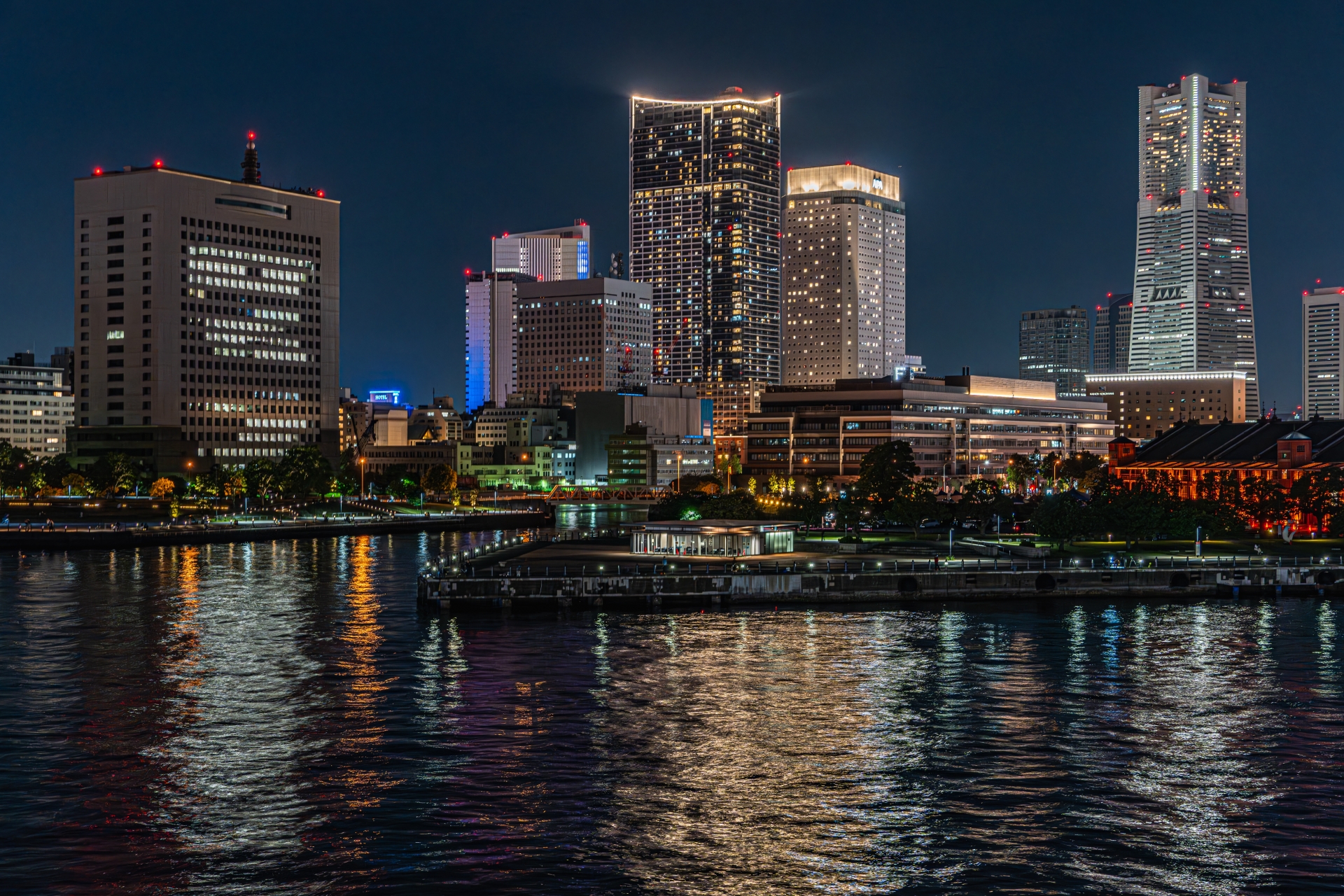
Exploring Yokohama’s Chinatown
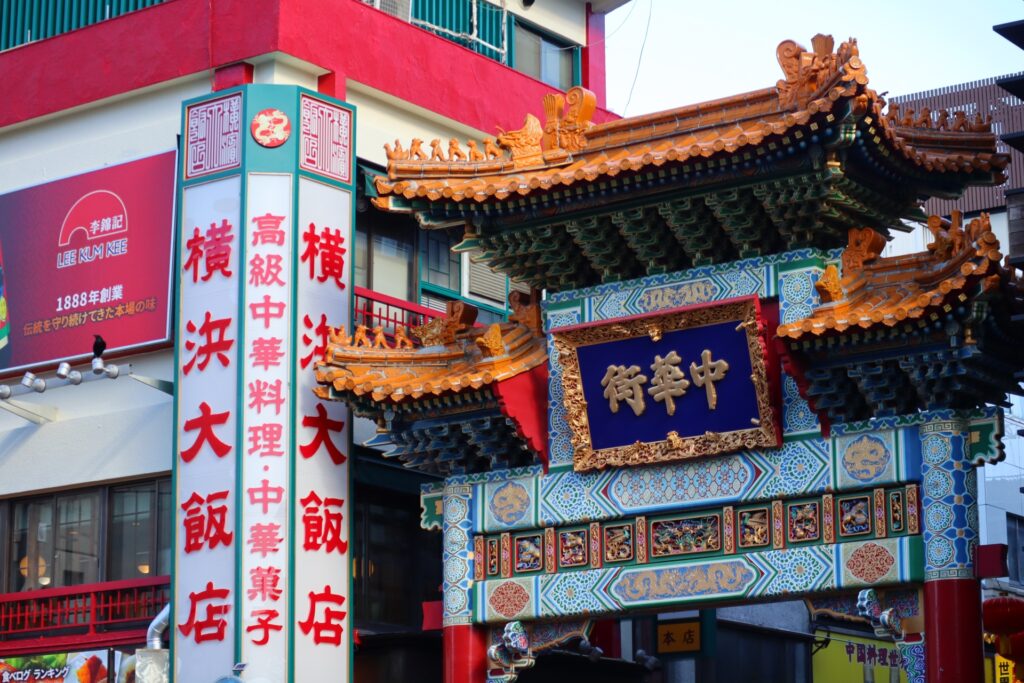
Yokohama is home to the largest Chinatown in Japan, which is a bustling center of culture and culinary delights. With its vibrant streets and hundreds of restaurants offering authentic Chinese cuisine, it’s the perfect place to explore for food lovers and cultural enthusiasts alike.
Minato Mirai 21: A Modern Waterfront
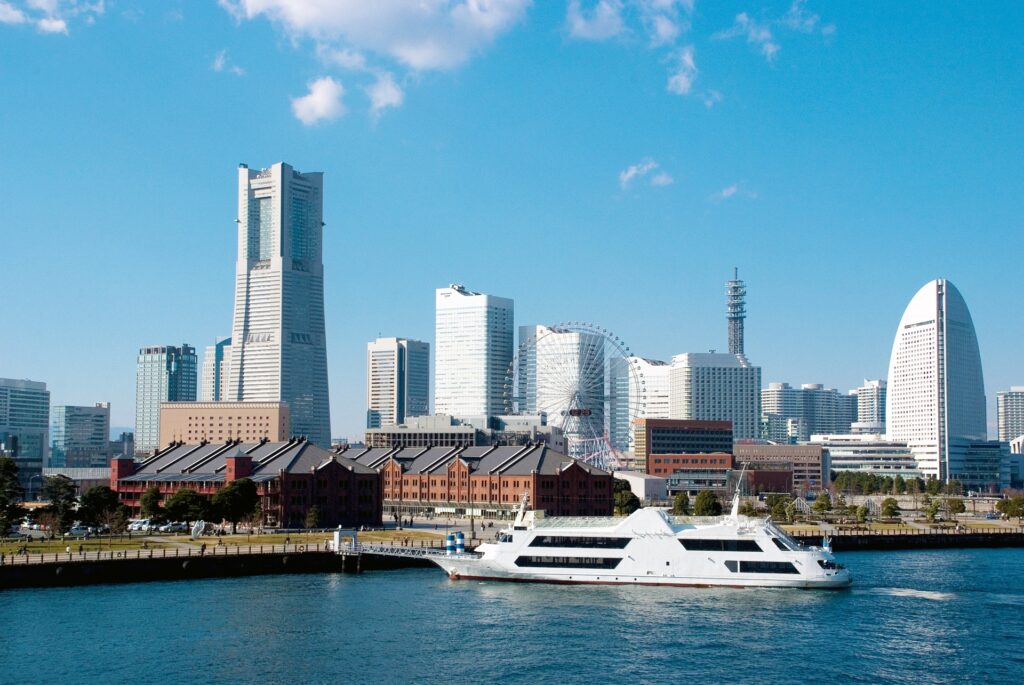
Yokohama’s Minato Mirai 21 district is a modern waterfront area filled with attractions such as the iconic Yokohama Landmark Tower and Cosmo Clock 21, one of the world’s largest Ferris wheels. This district offers shopping, dining, and stunning views of the Tokyo Bay area, making it a favorite among both locals and tourists.
Kanazawa – A Hidden Cultural Gem
Kanazawa, often referred to as a hidden cultural gem, offers a rich history and beautifully preserved Edo-period architecture. Known for its stunning gardens, samurai districts, and vibrant arts scene, Kanazawa is a must-visit for travelers seeking a more off-the-beaten-path experience.

Kenrokuen Garden: A Masterpiece of Japanese Landscaping
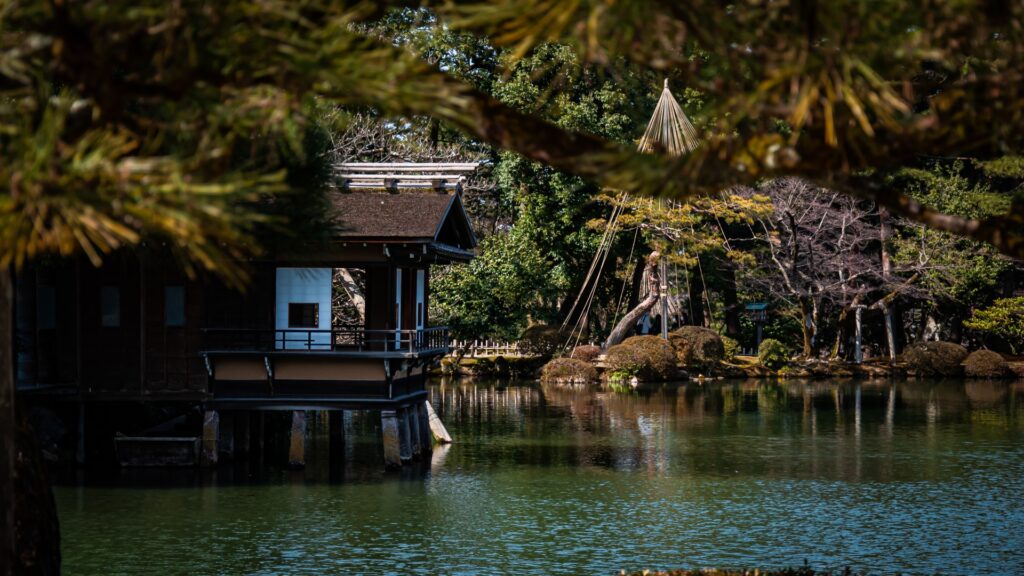
Kenrokuen Garden is one of Japan’s three most famous gardens and is celebrated for its exquisite design. It features tranquil ponds, winding paths, and seasonal flowers, offering visitors a serene environment that perfectly embodies traditional Japanese landscaping principles.
Kanazawa’s Edo-Era Districts
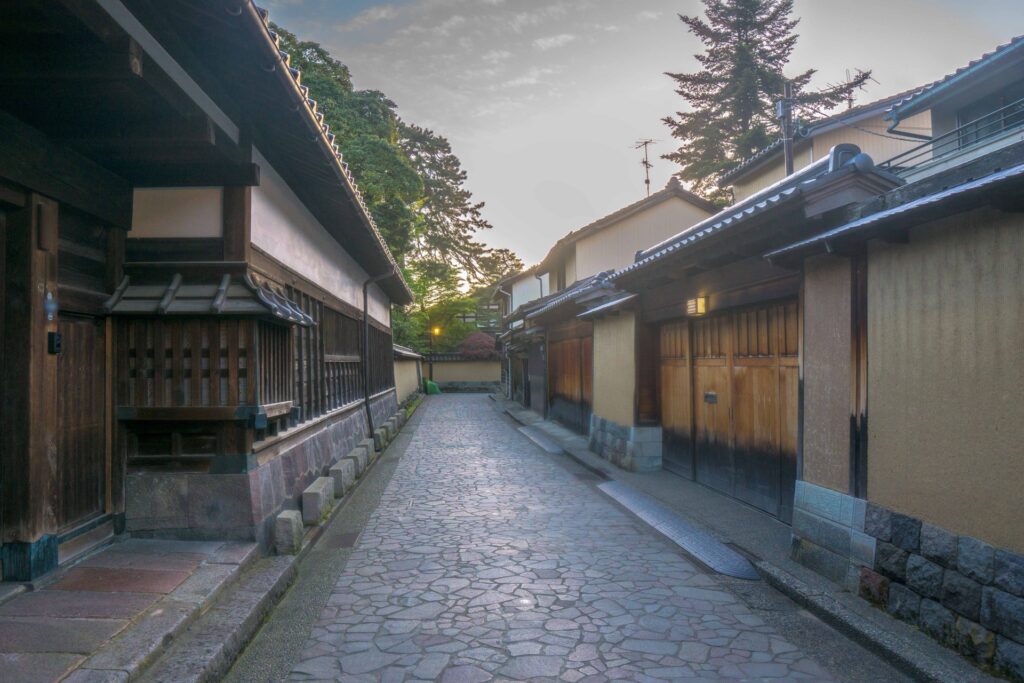
Kanazawa’s Edo-era heritage can be experienced in its well-preserved samurai and geisha districts. The Nagamachi Samurai District, with its traditional residences, gives insight into the lives of samurai, while the Higashi Chaya District is home to historic teahouses, where geisha once performed, providing a glimpse into Japan’s artistic and cultural history.
Conclusion
Japan’s cities offer a rich tapestry of experiences, from the cutting-edge modernity of Tokyo to the timeless beauty of Kyoto and Nara. Whether you’re exploring bustling urban landscapes, serene gardens, or historical landmarks, each city presents its own unique story. Plan your trip to Japan around these must-visit cities, and you’ll leave with memories that span the past and present, blending culture, history, and adventure.

